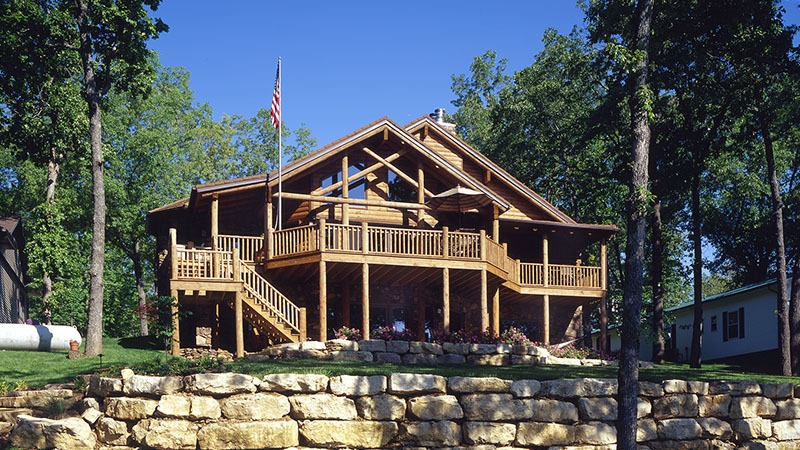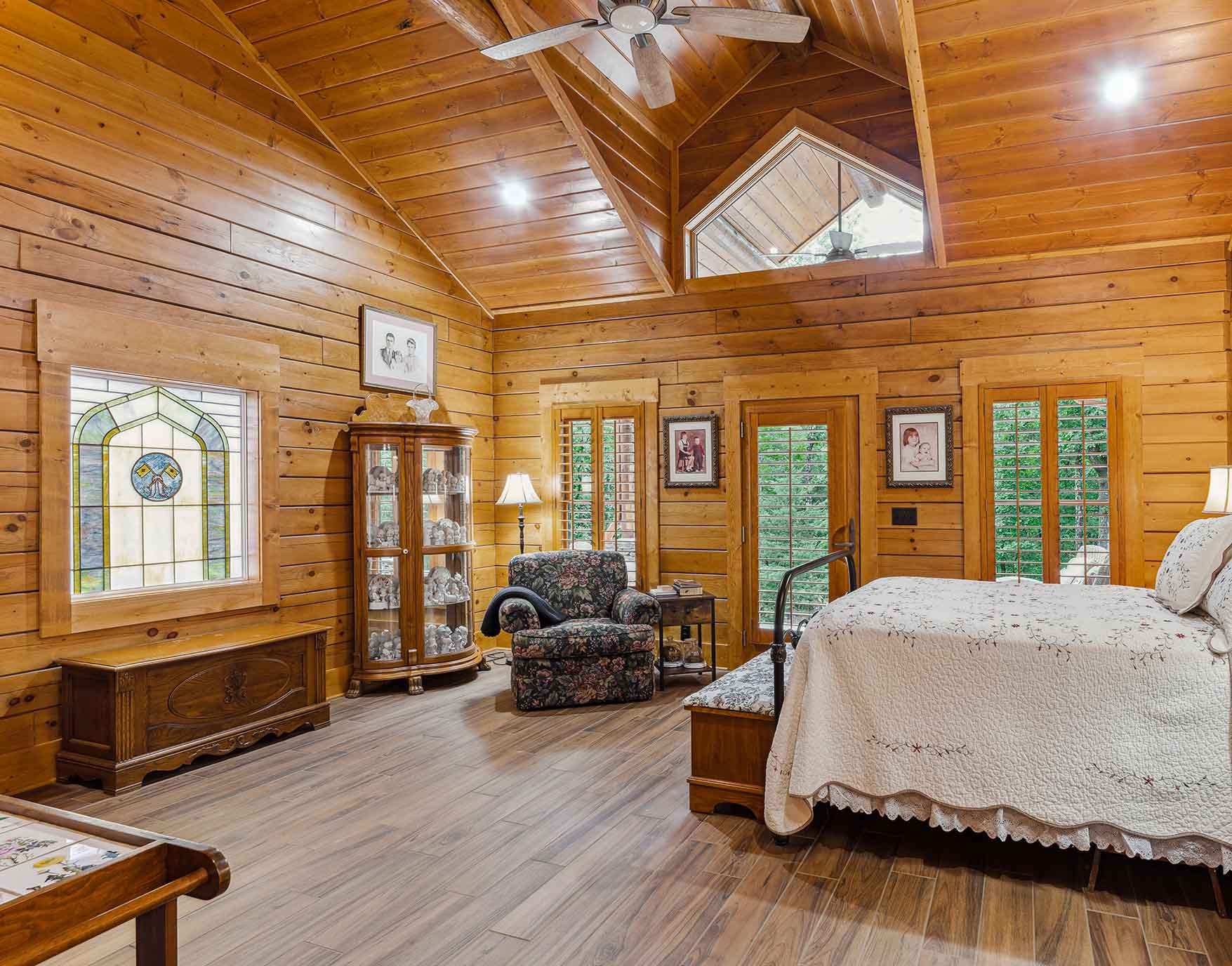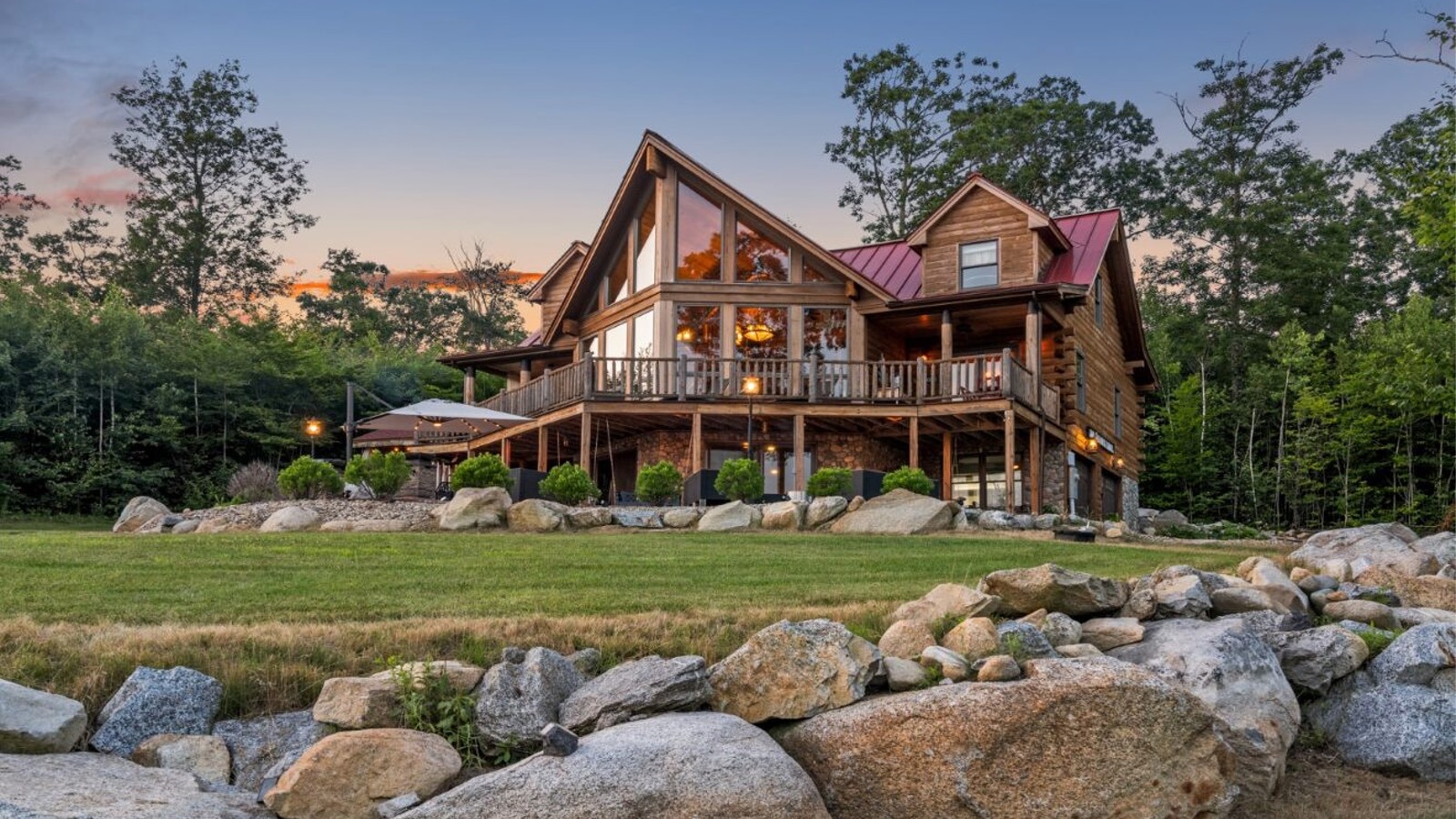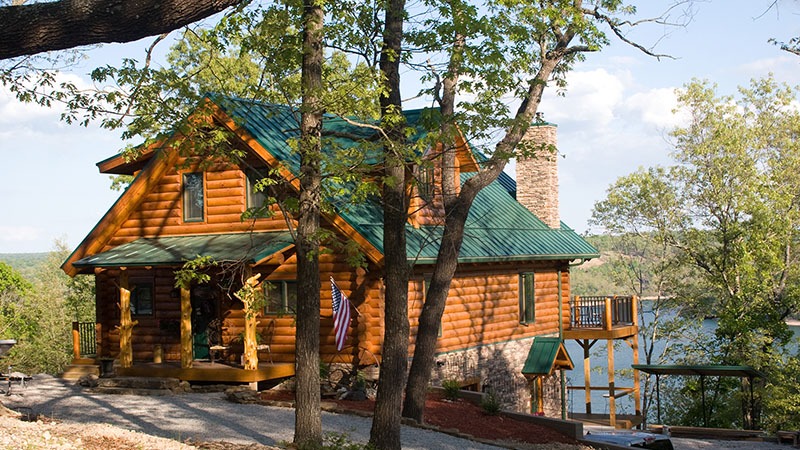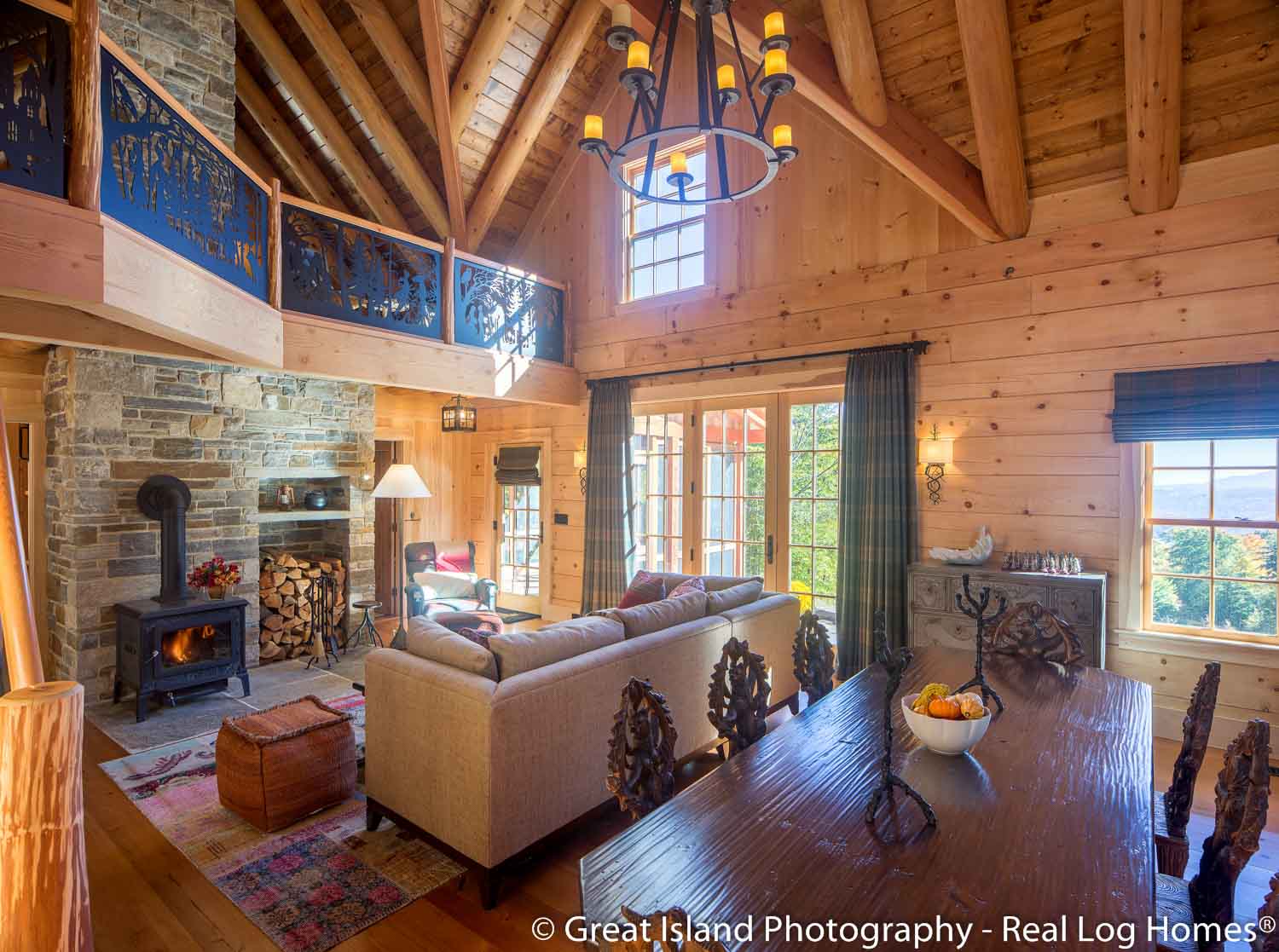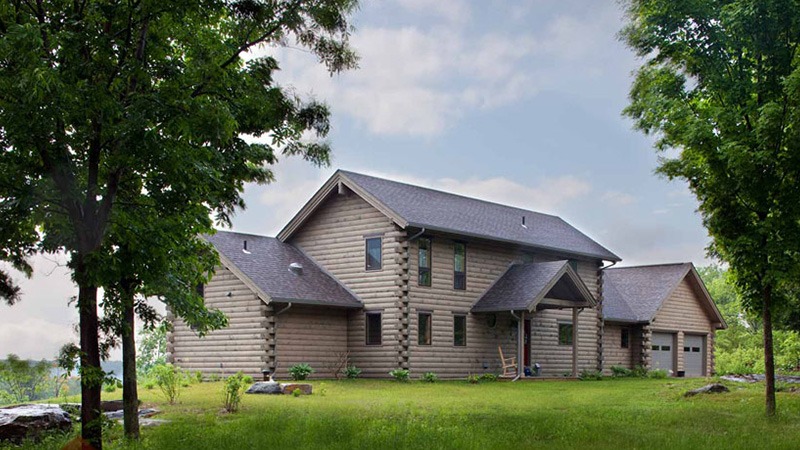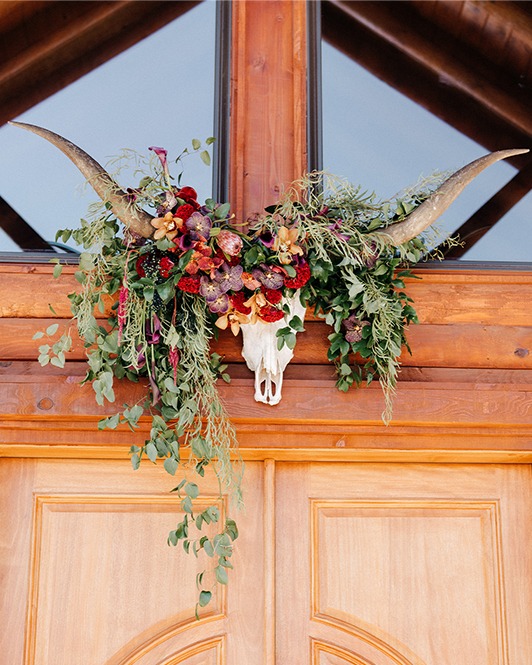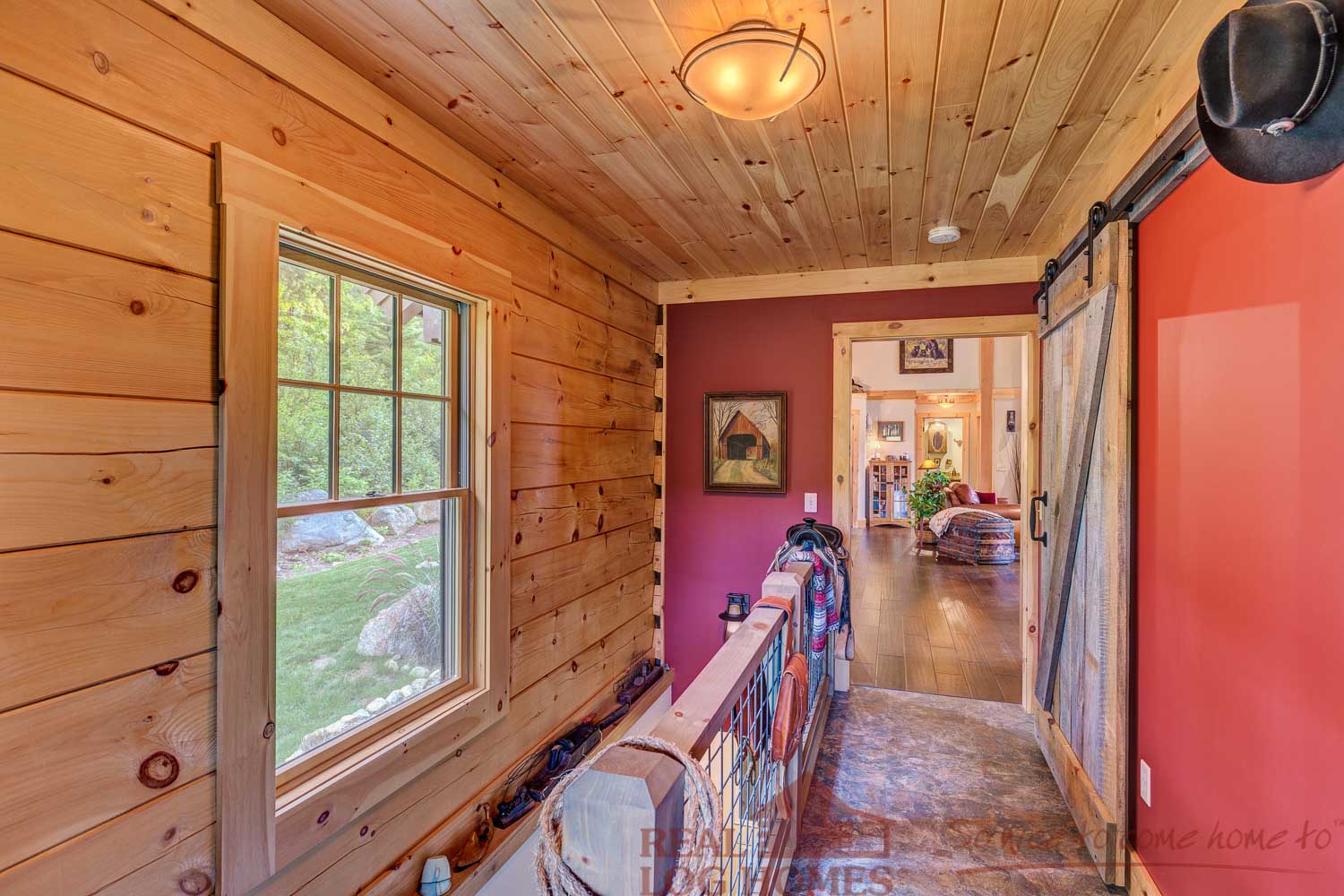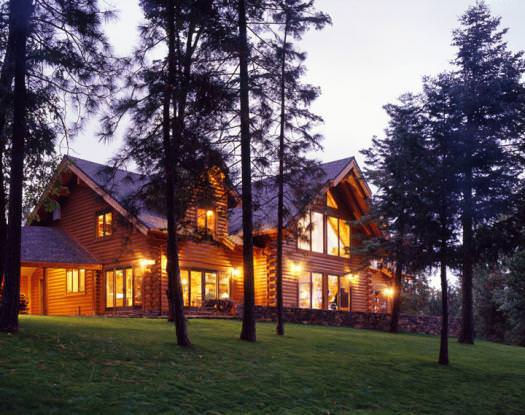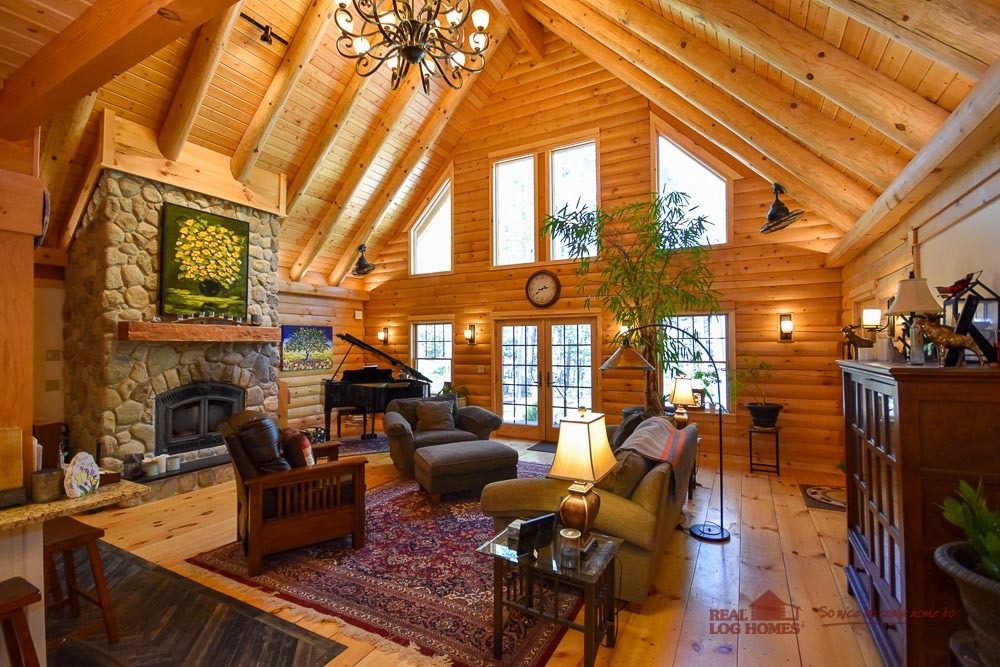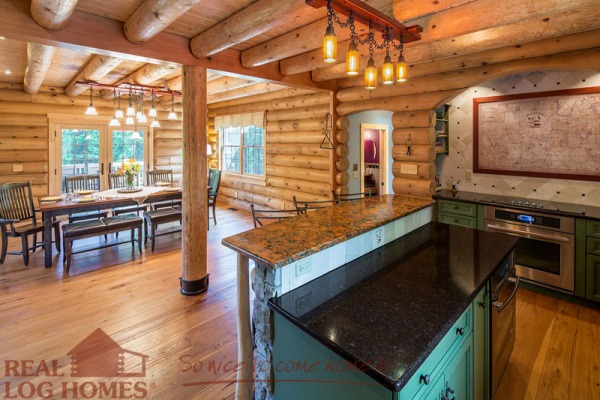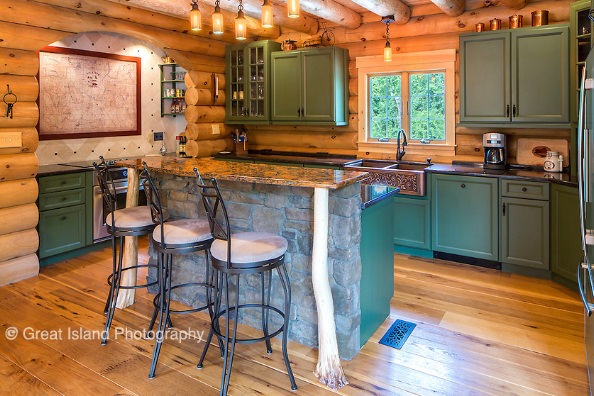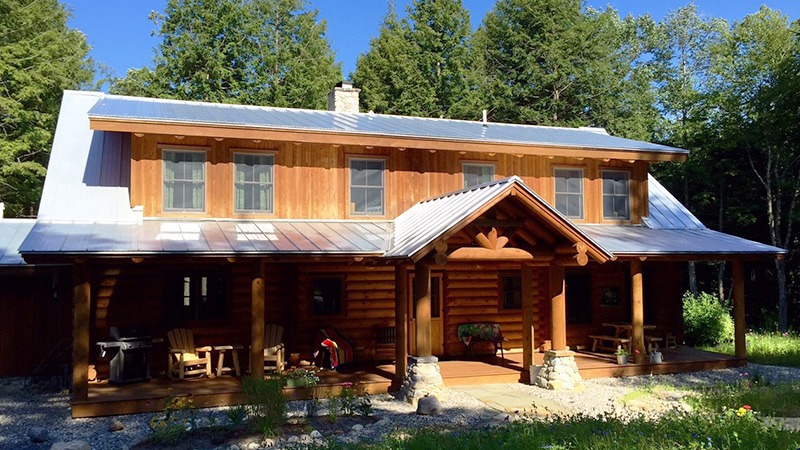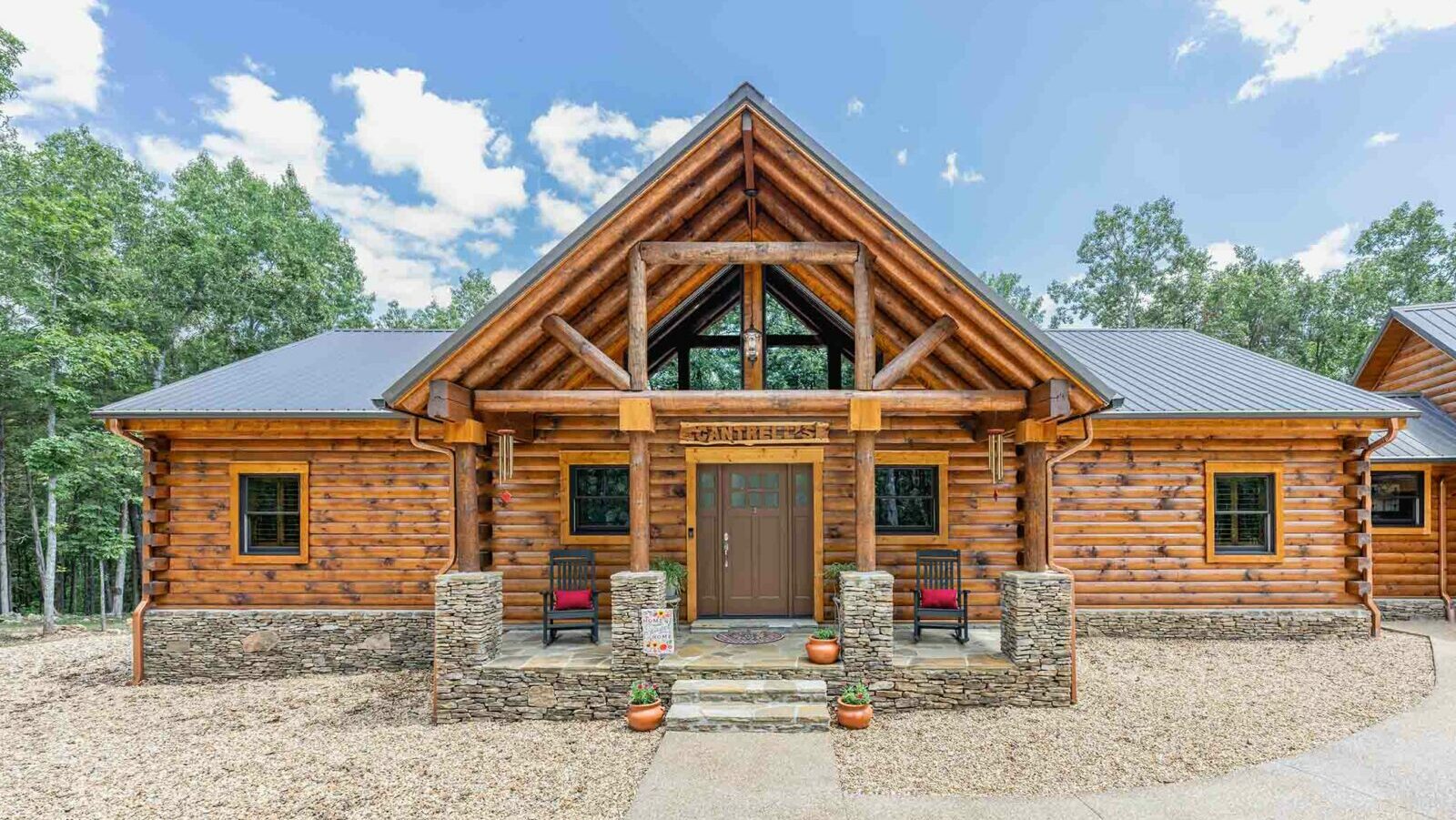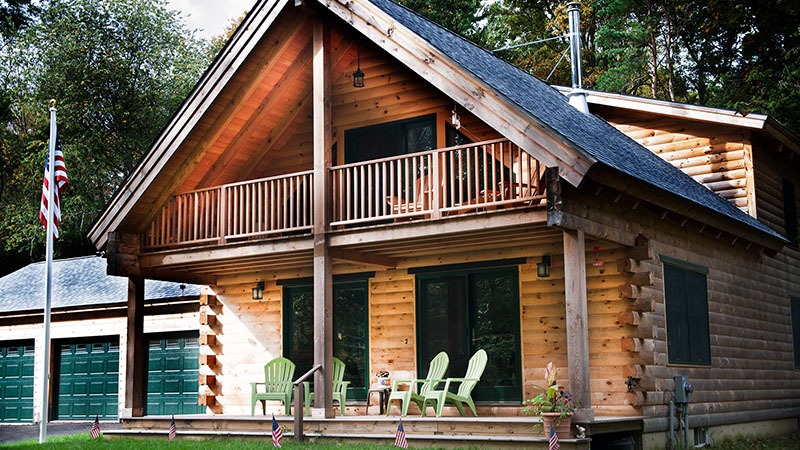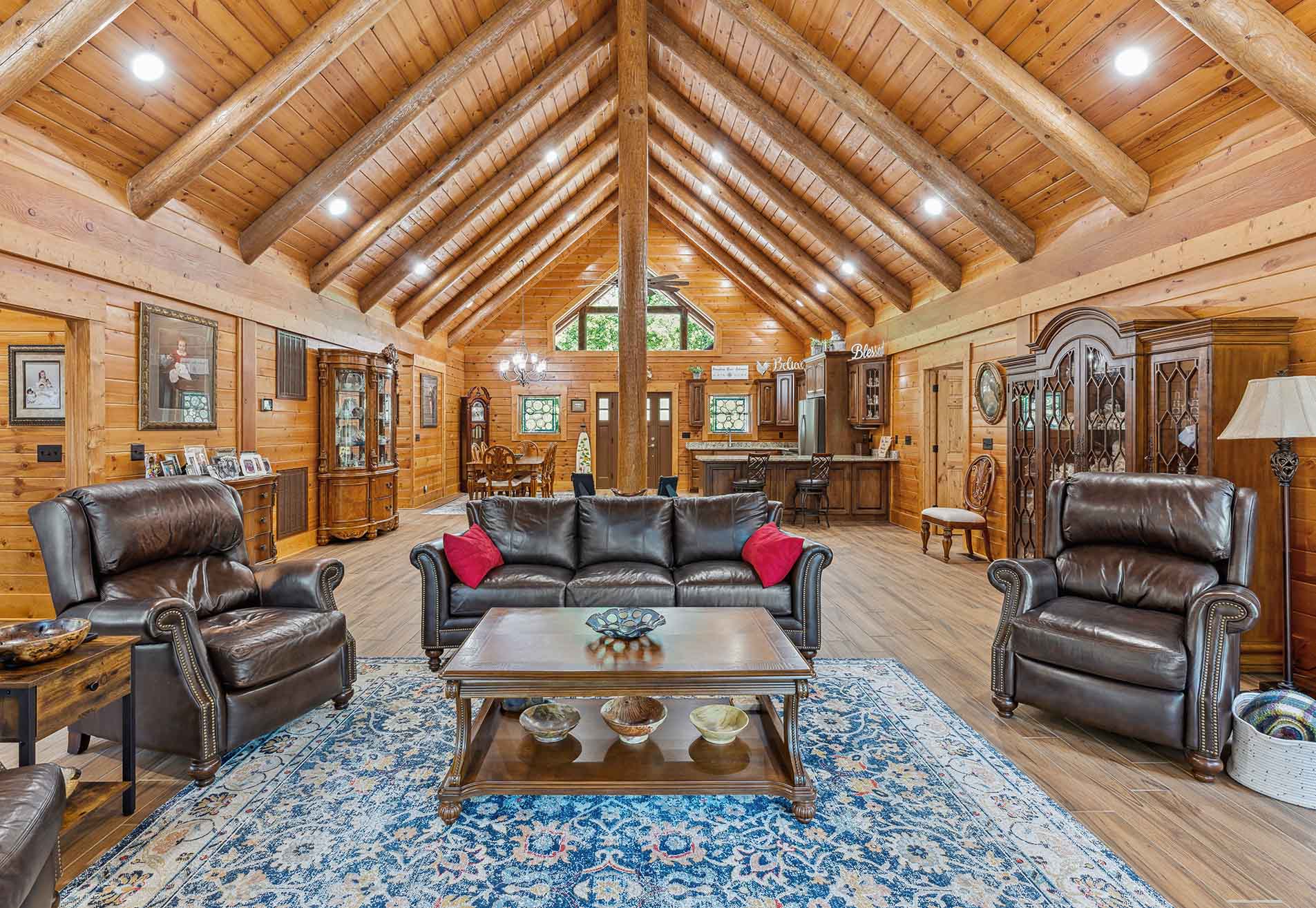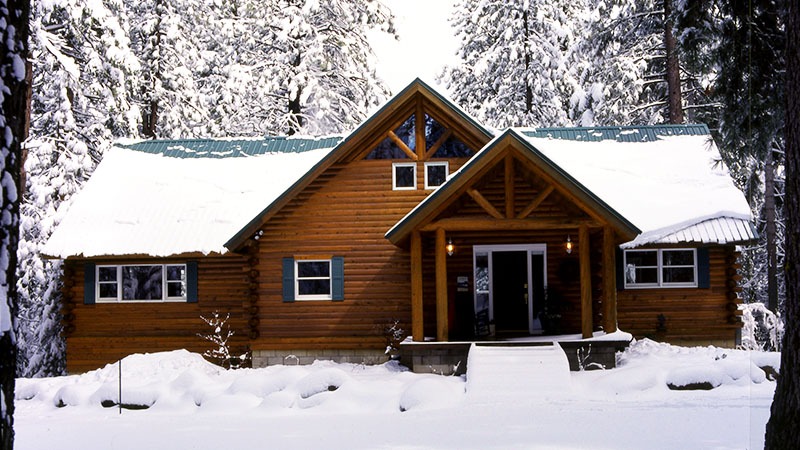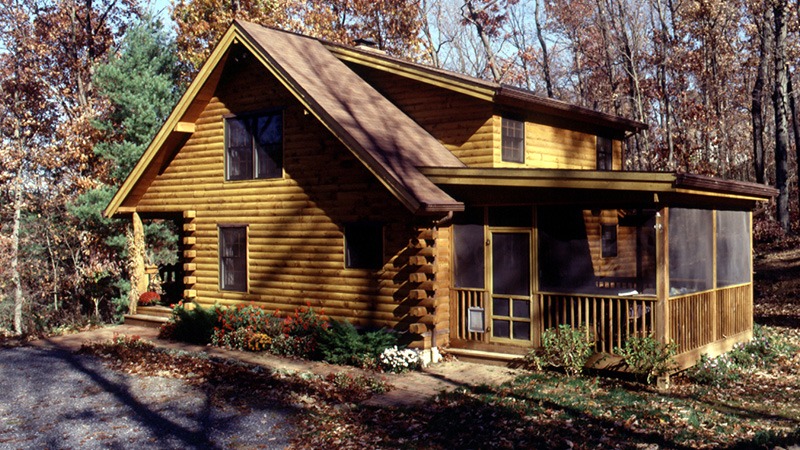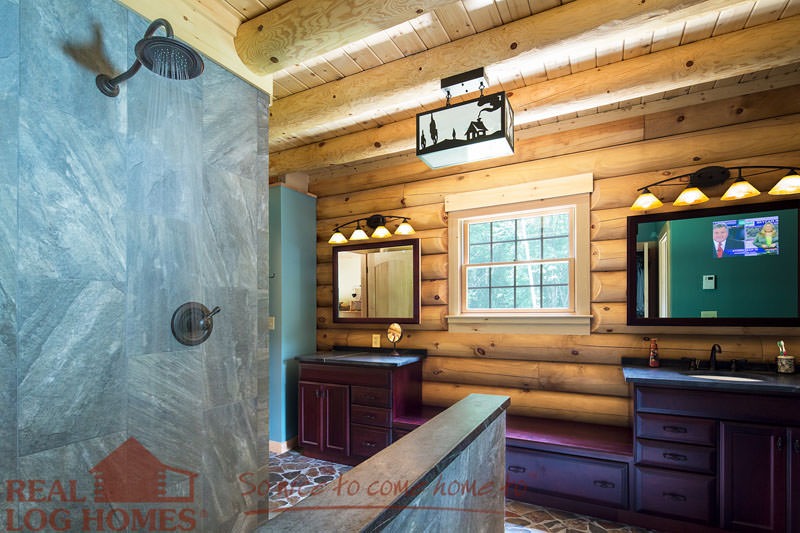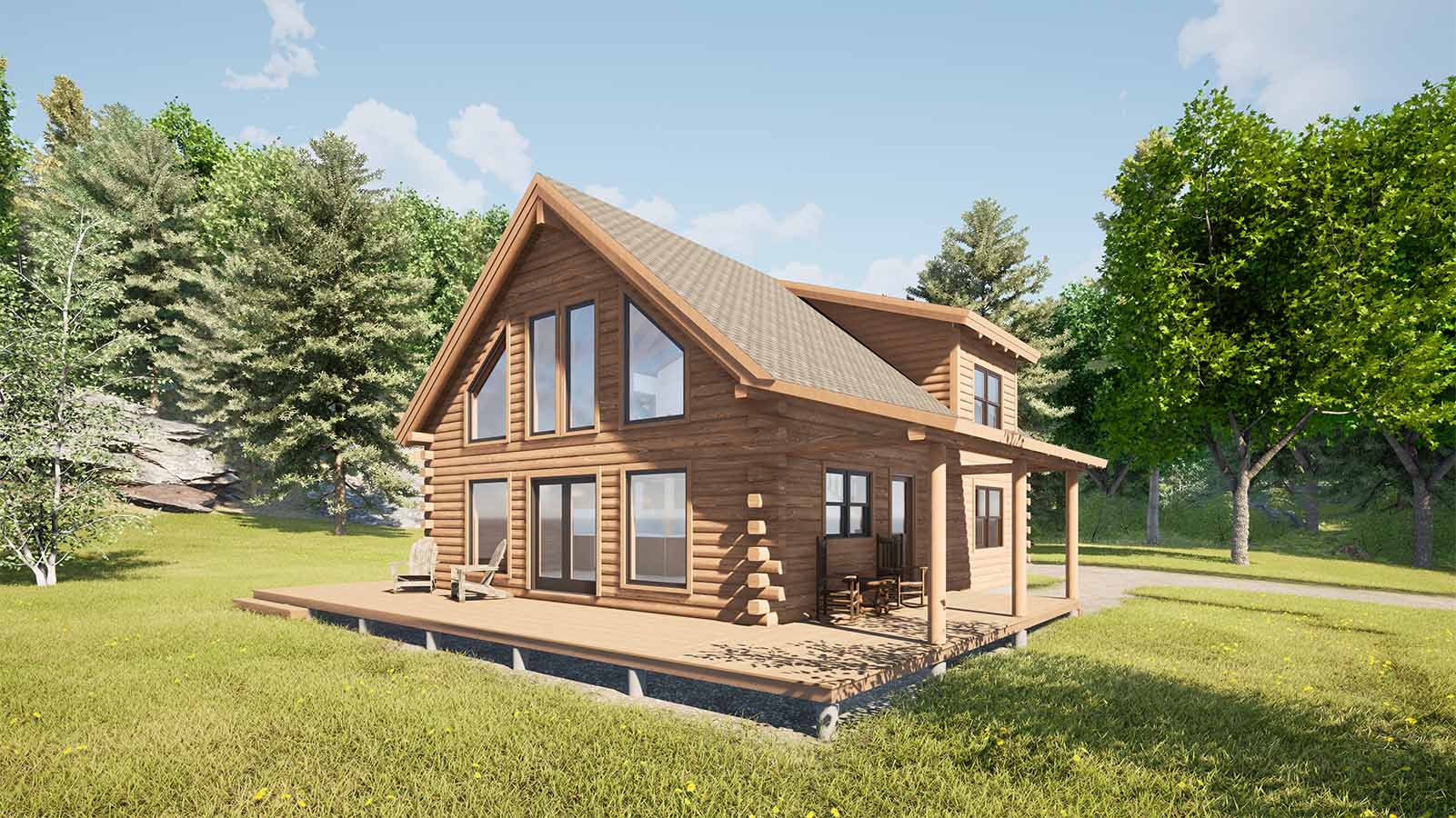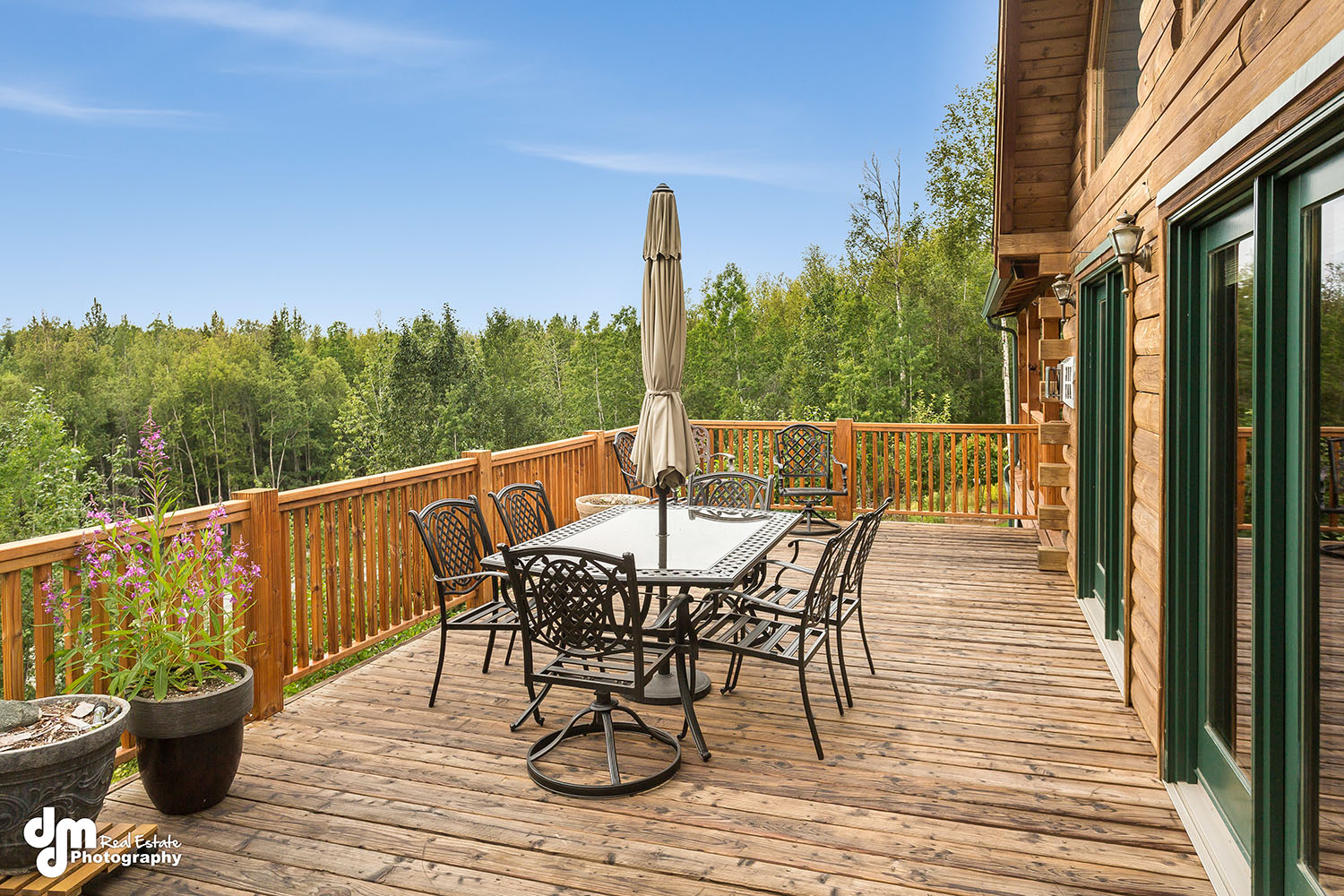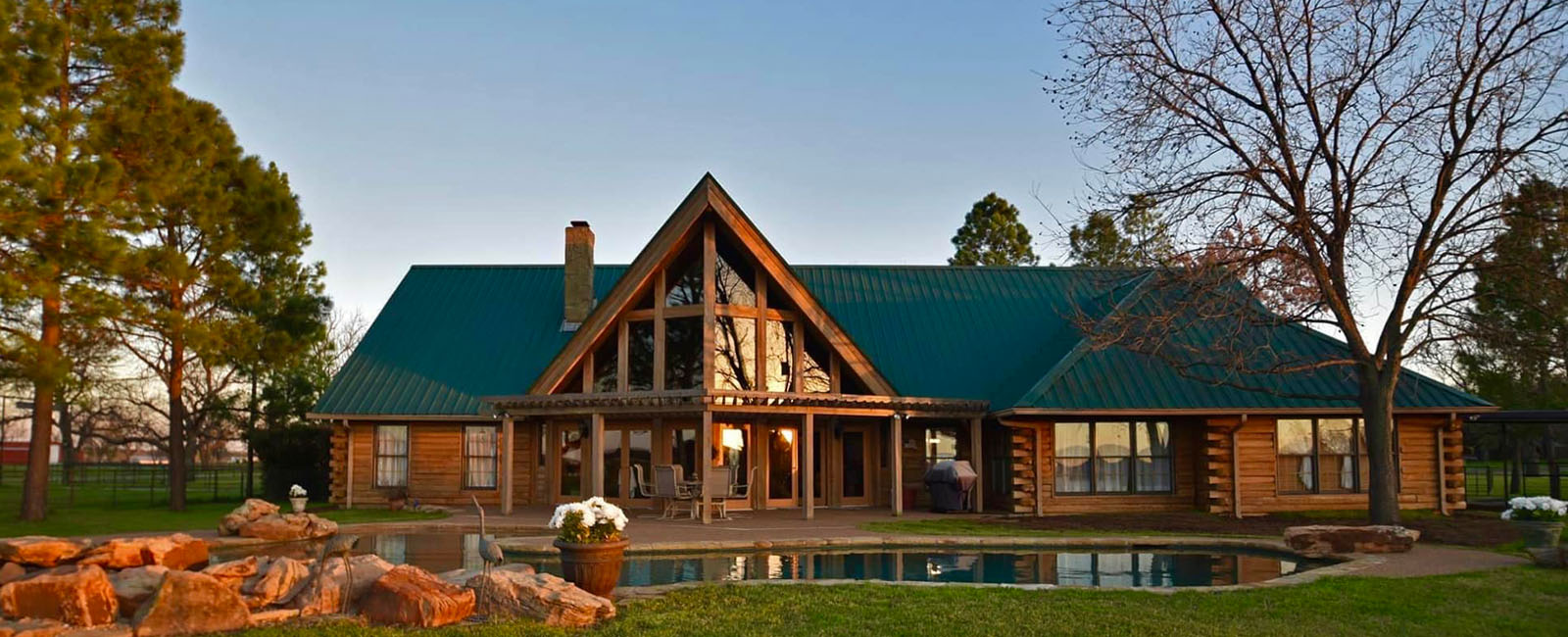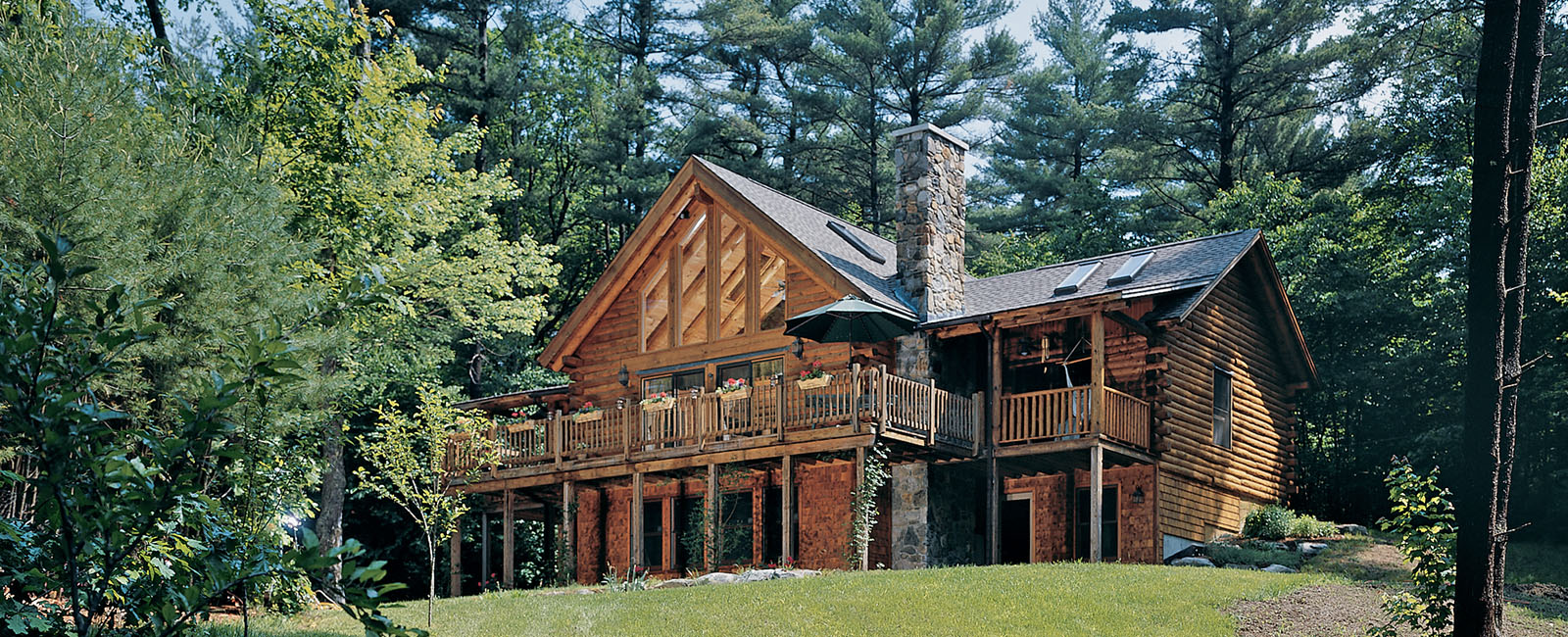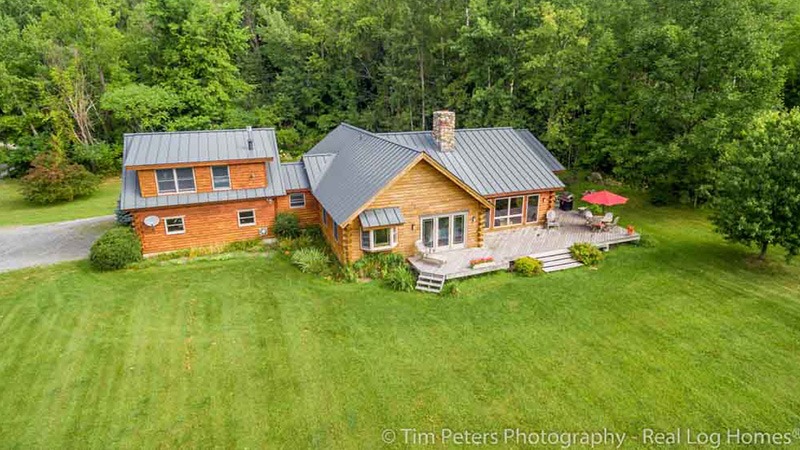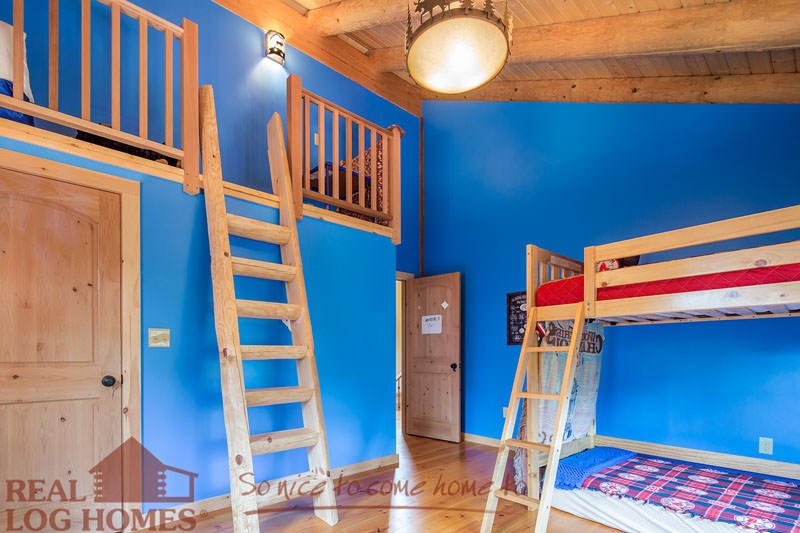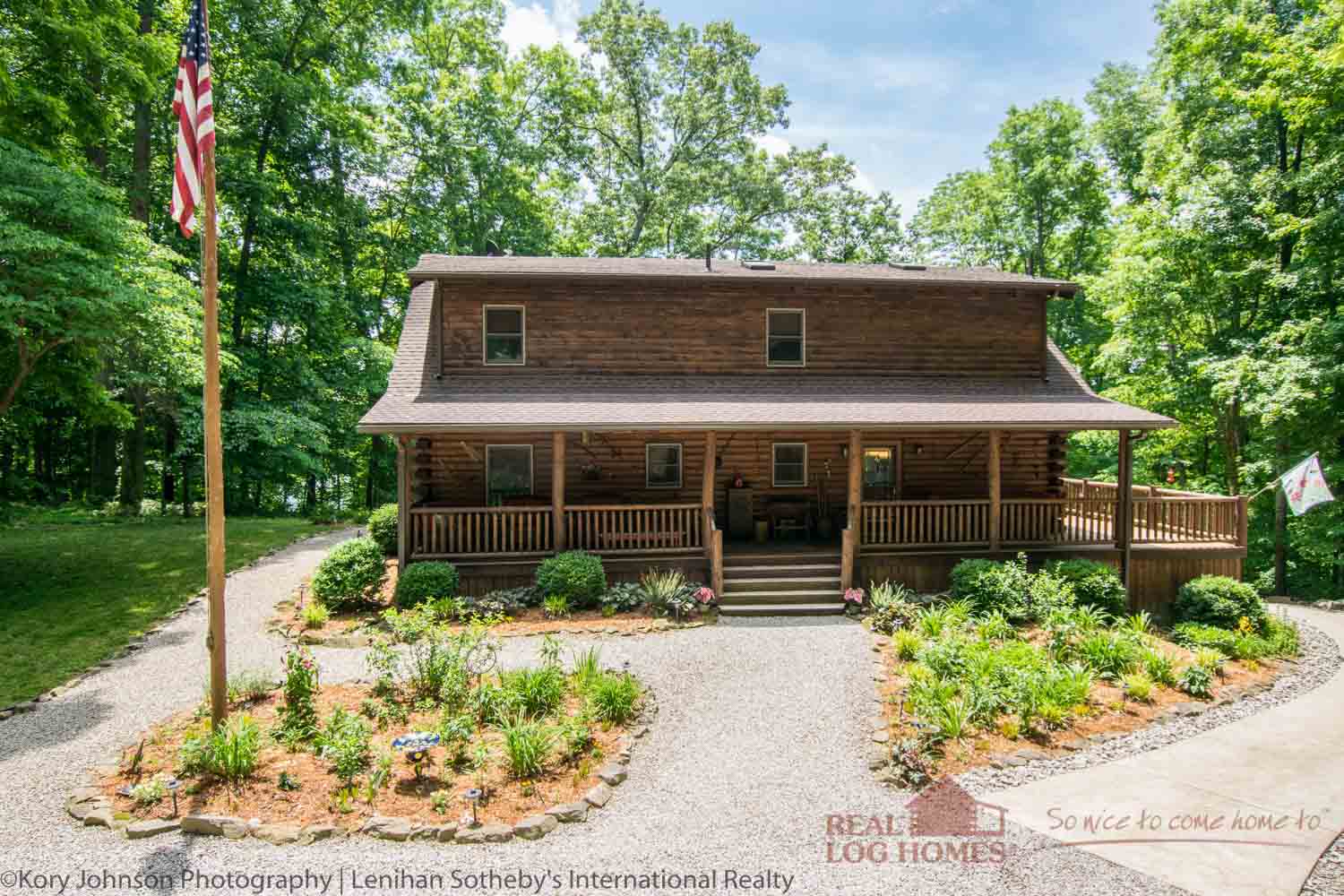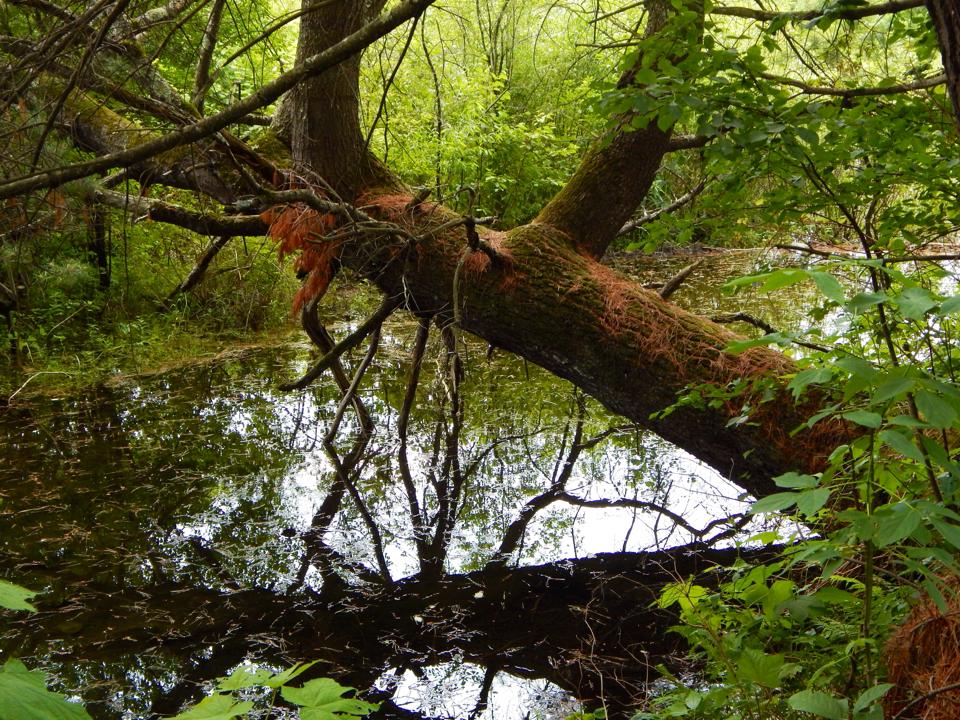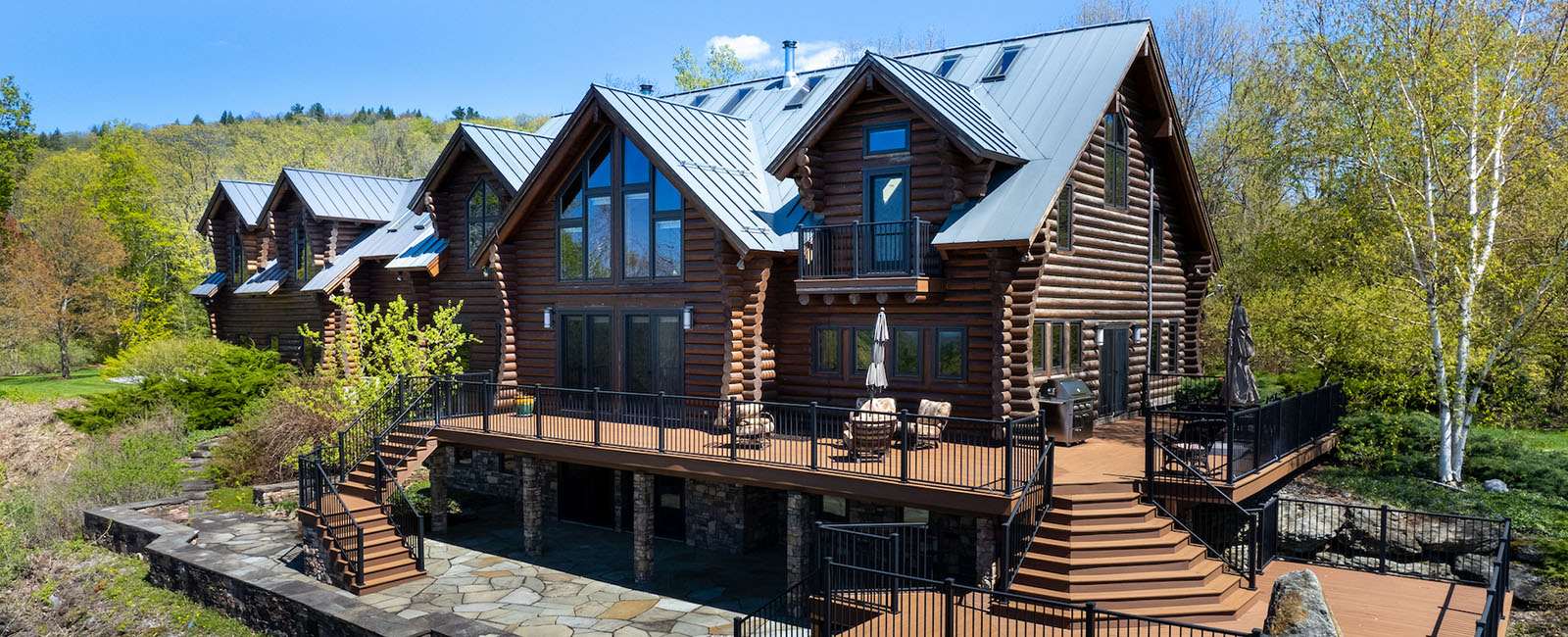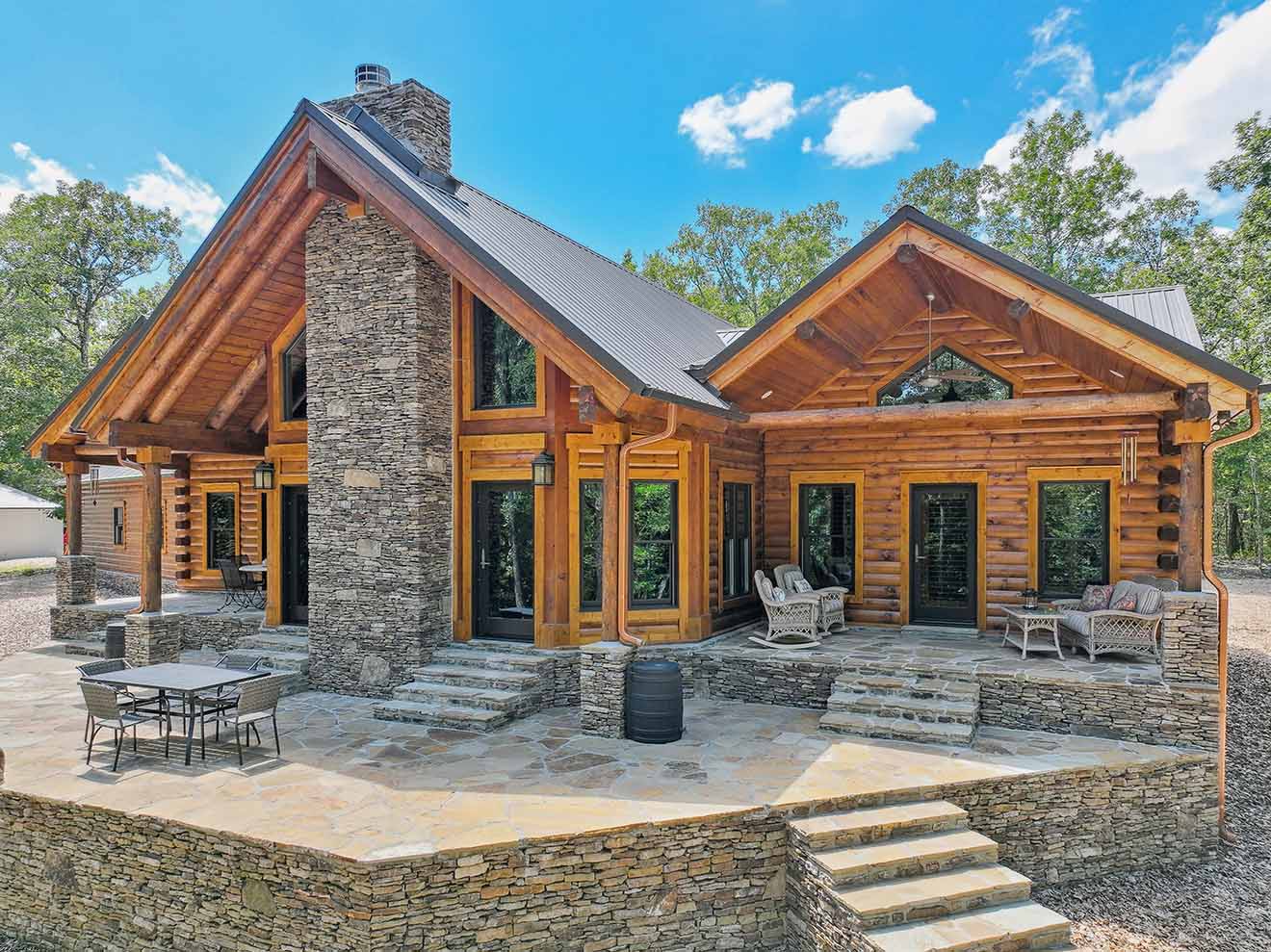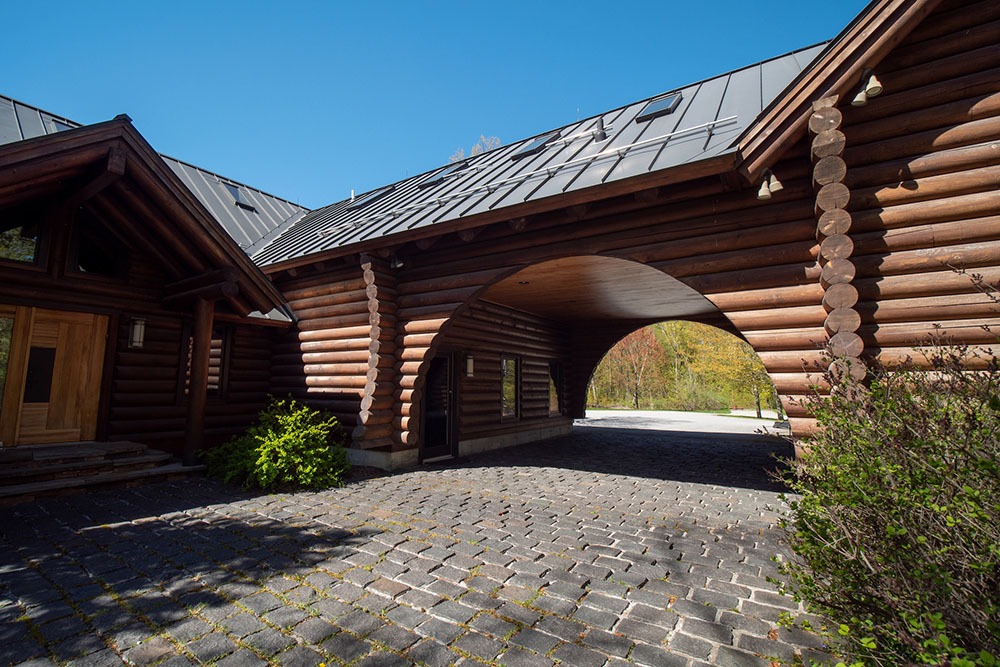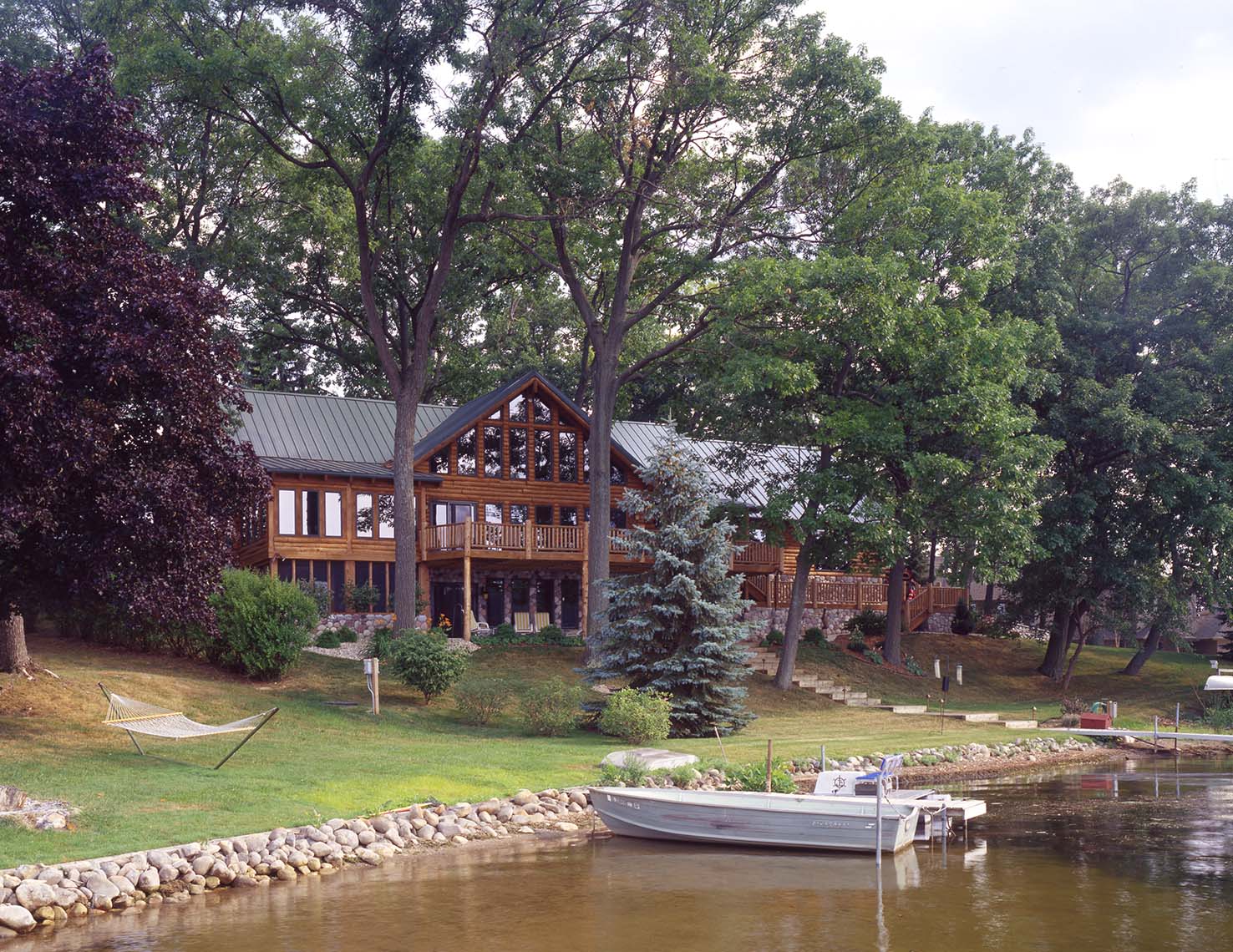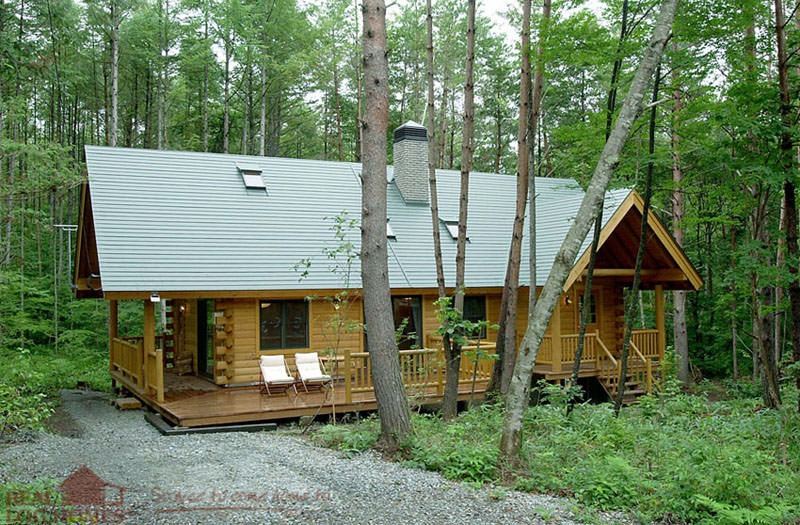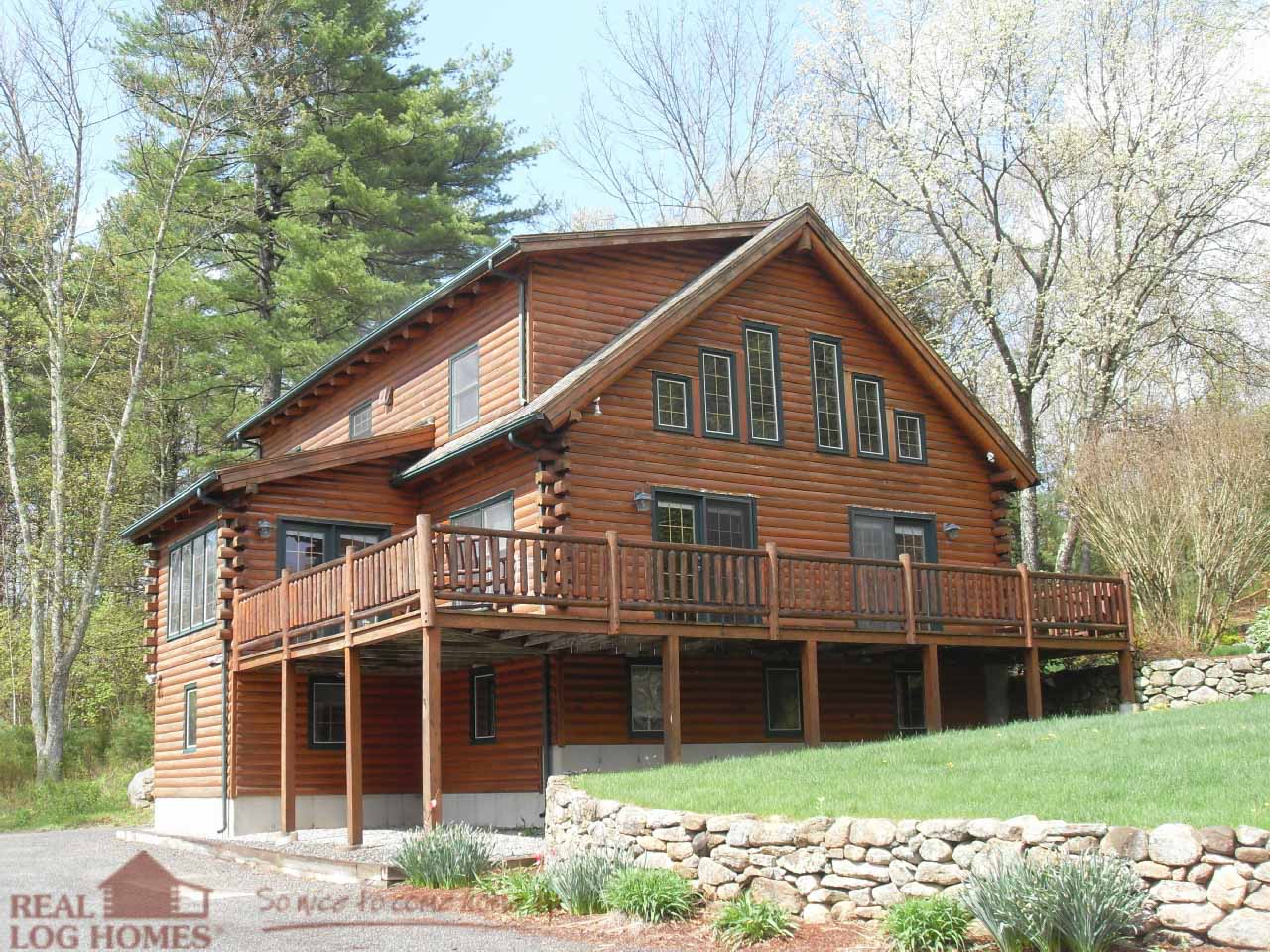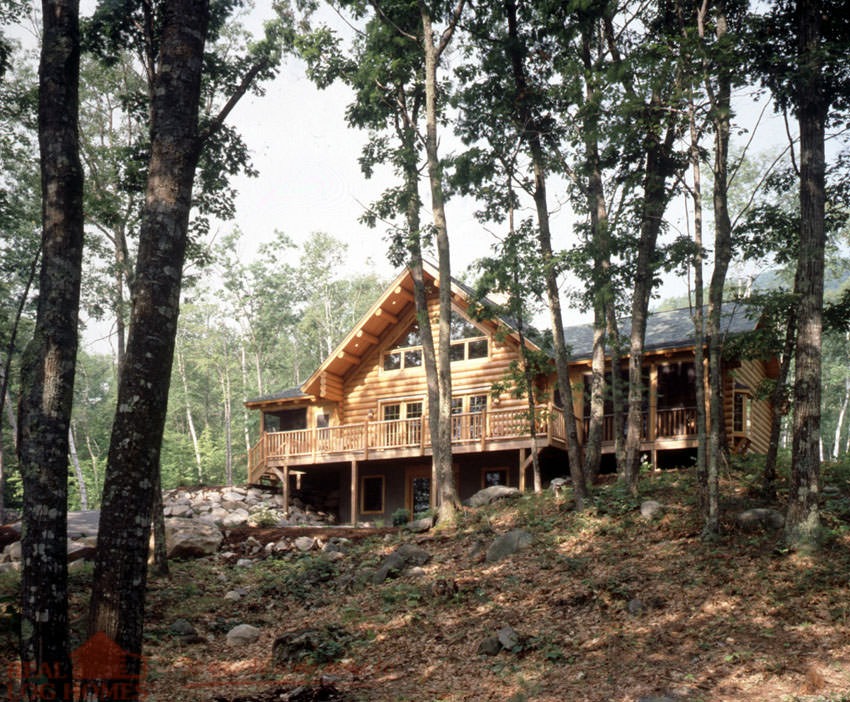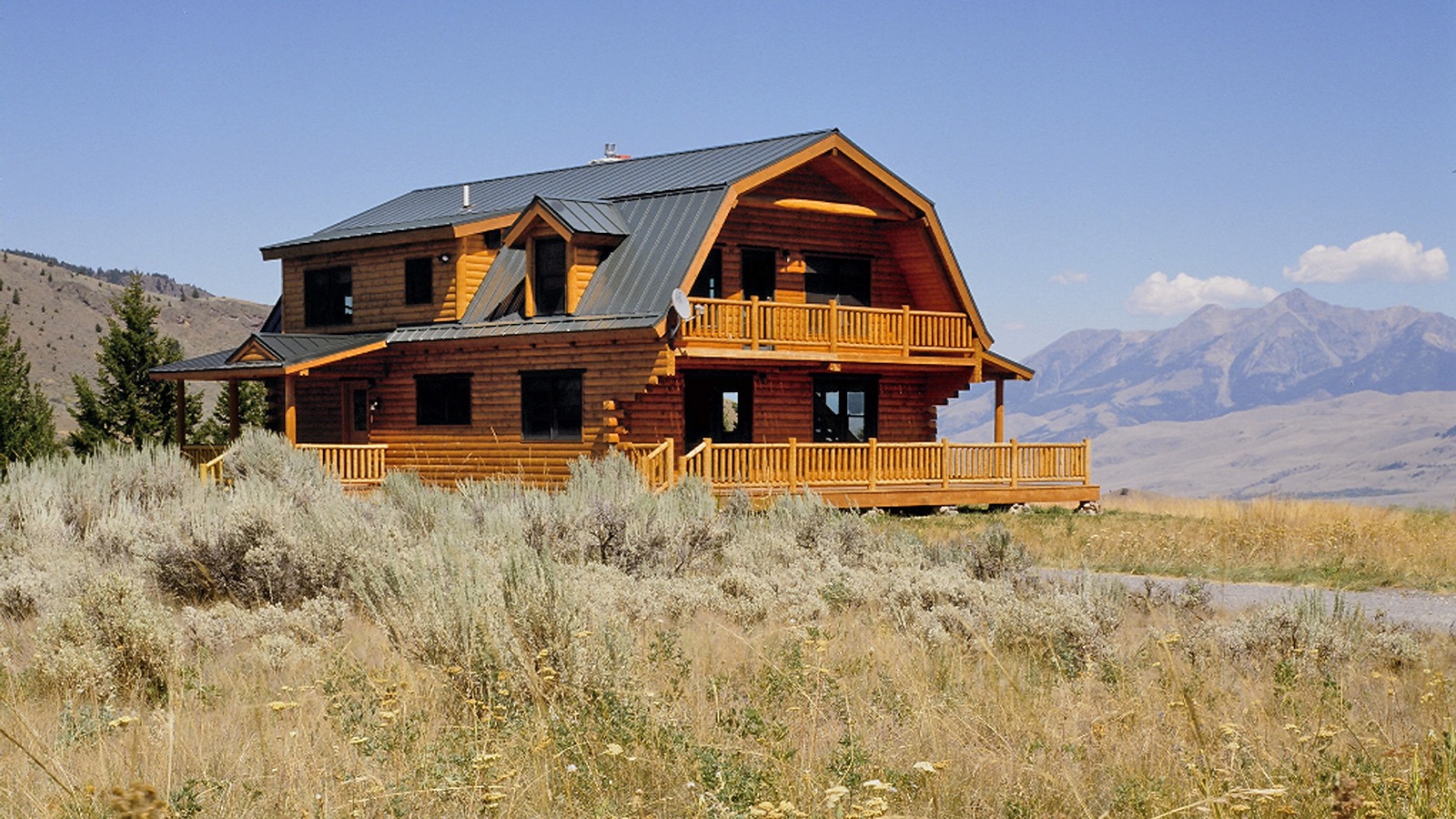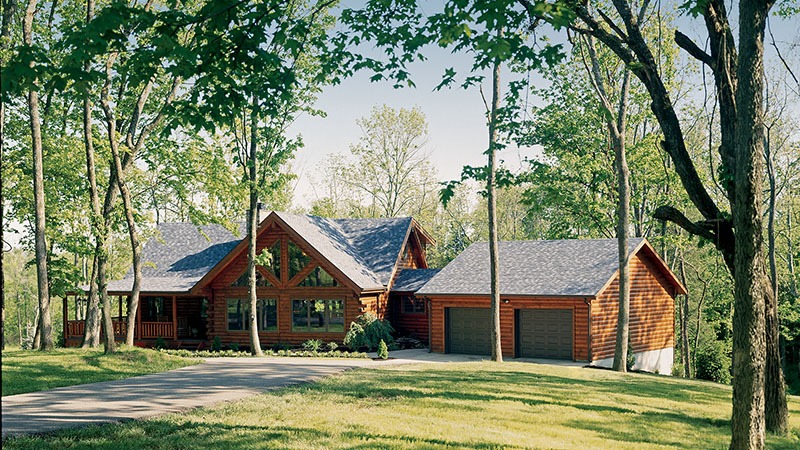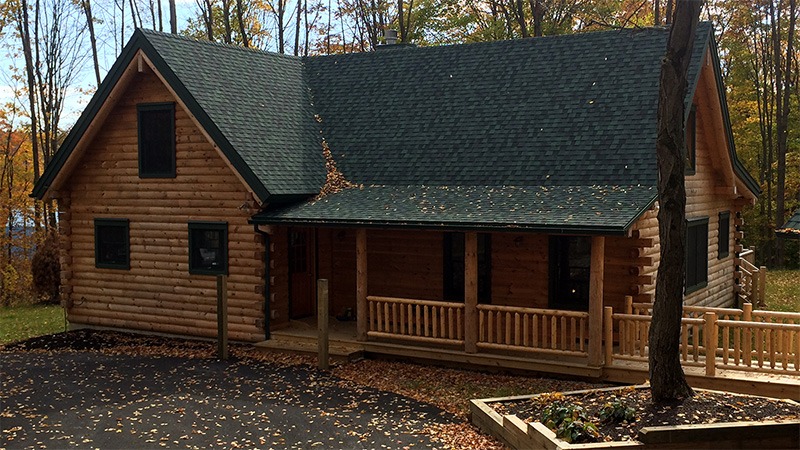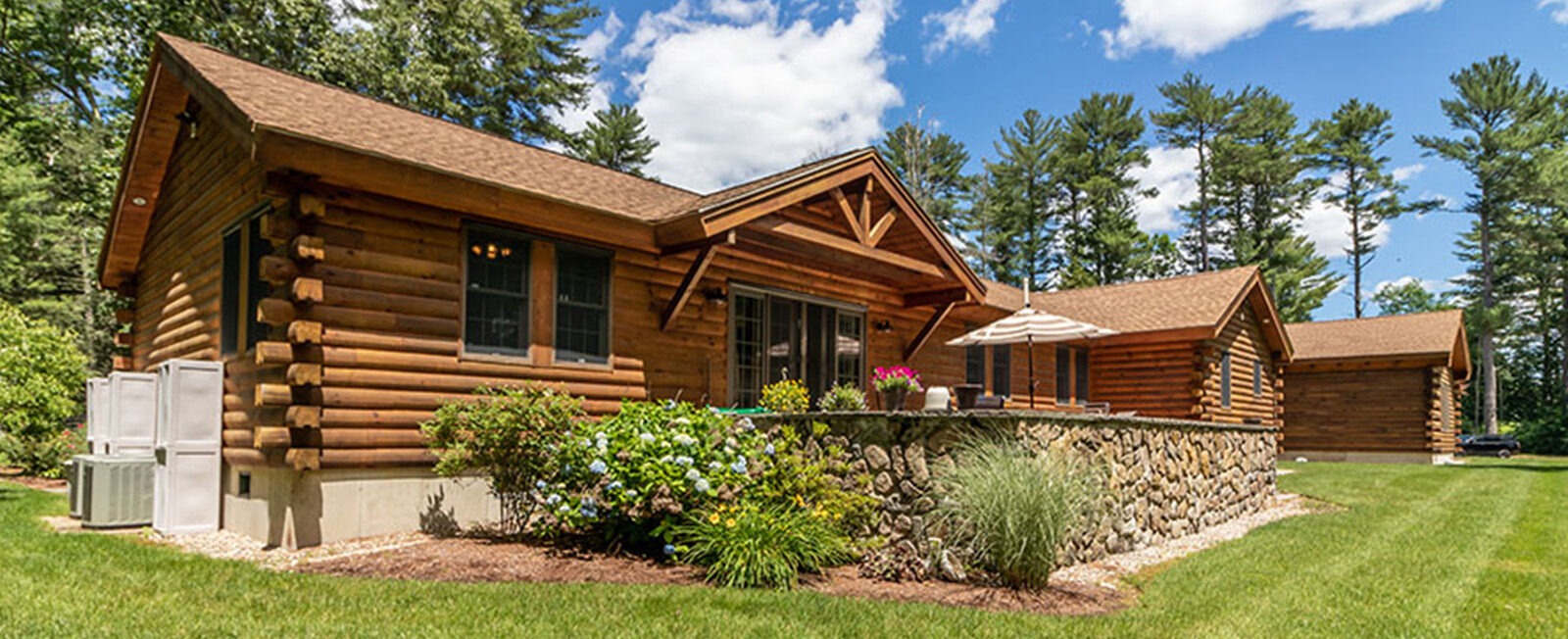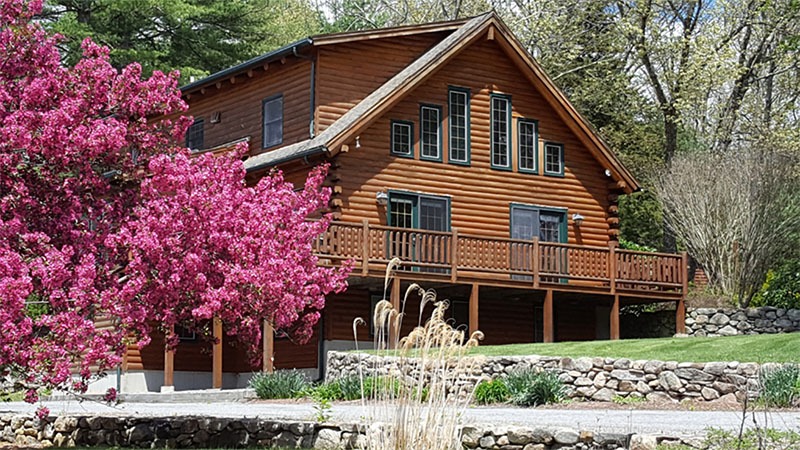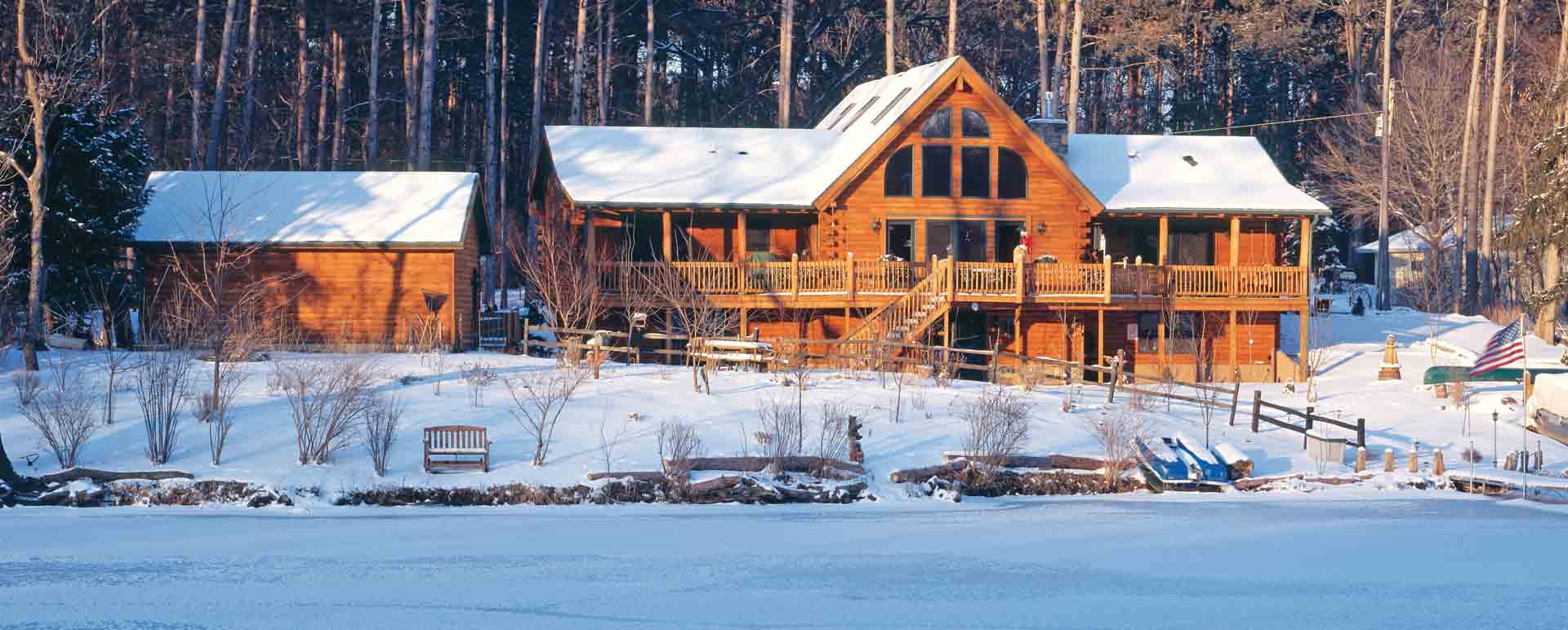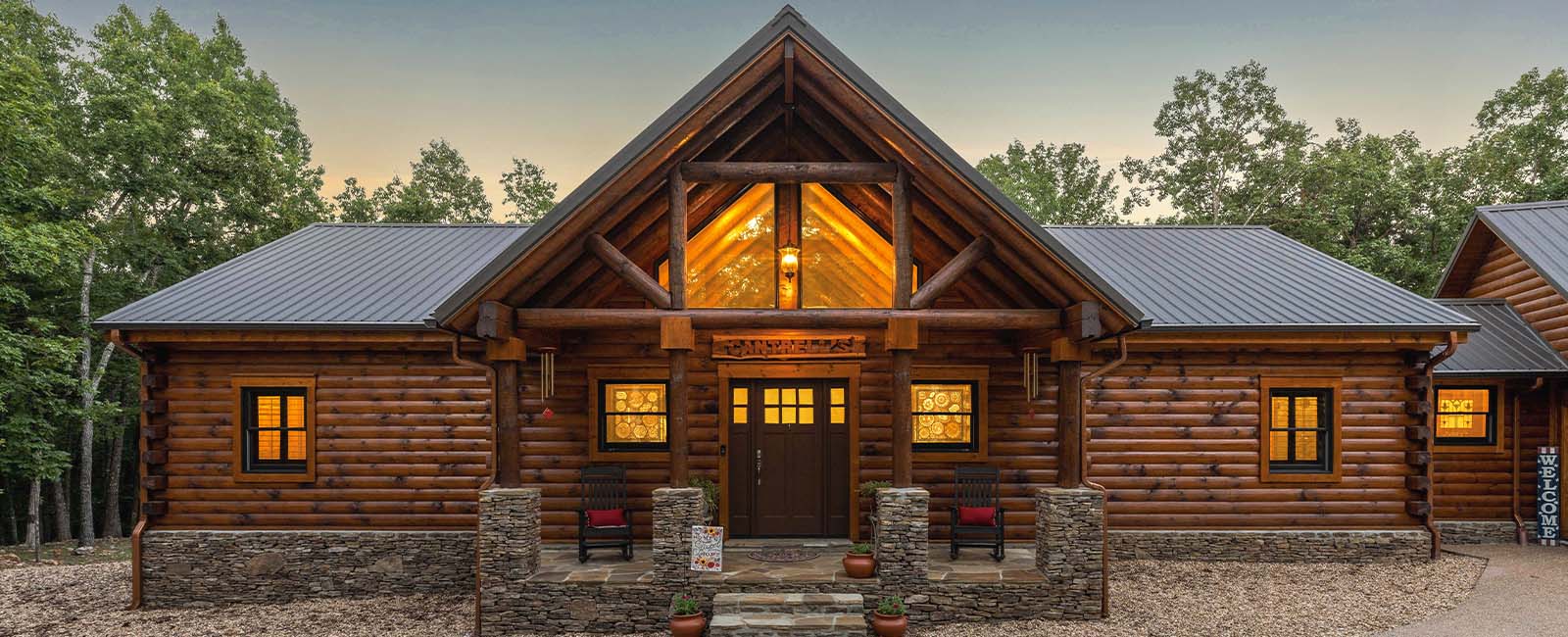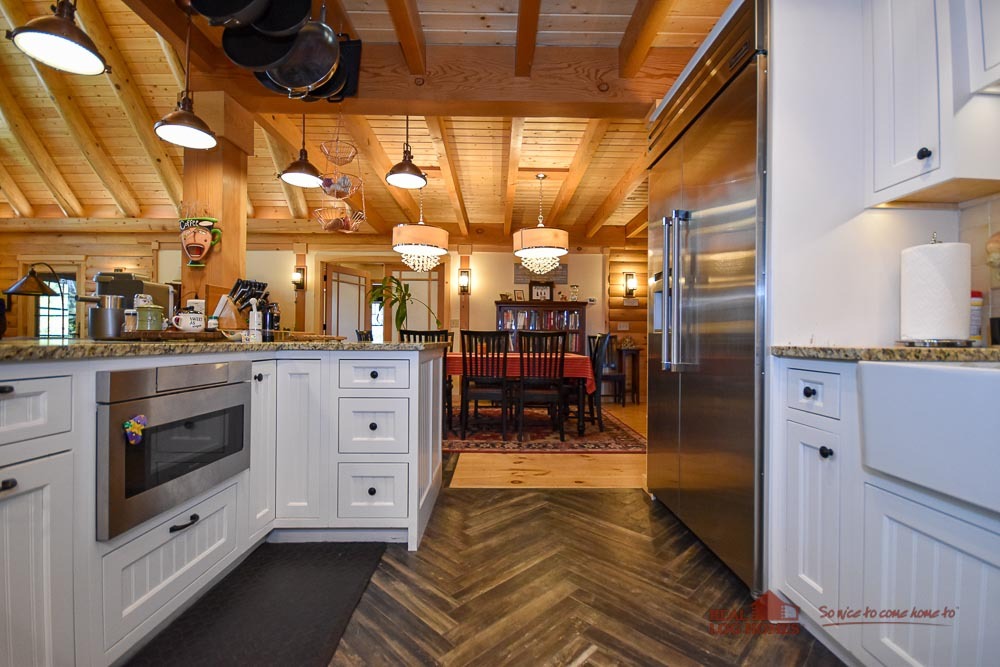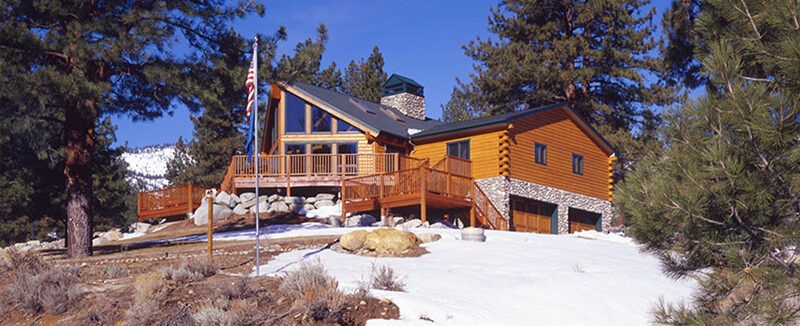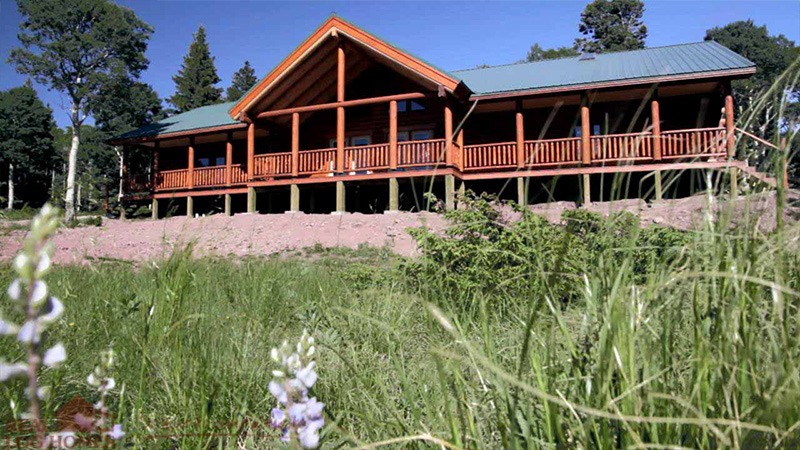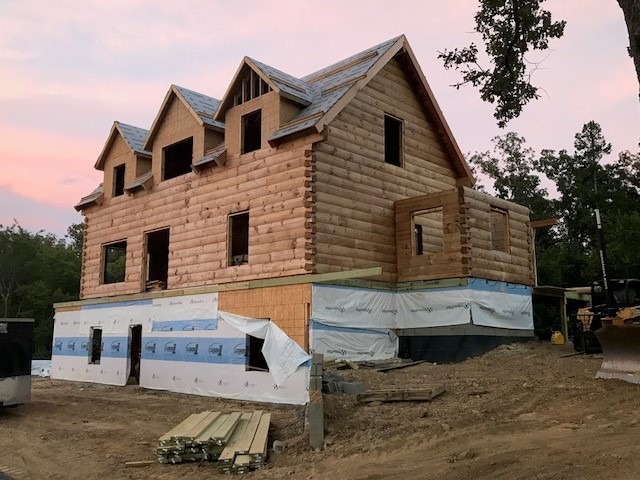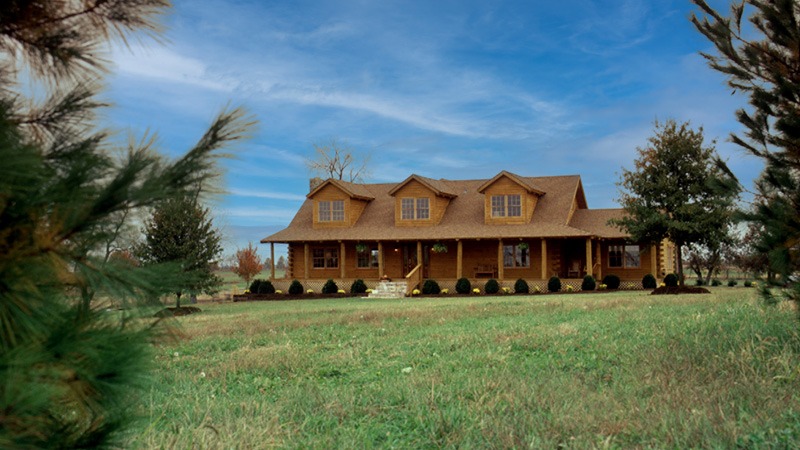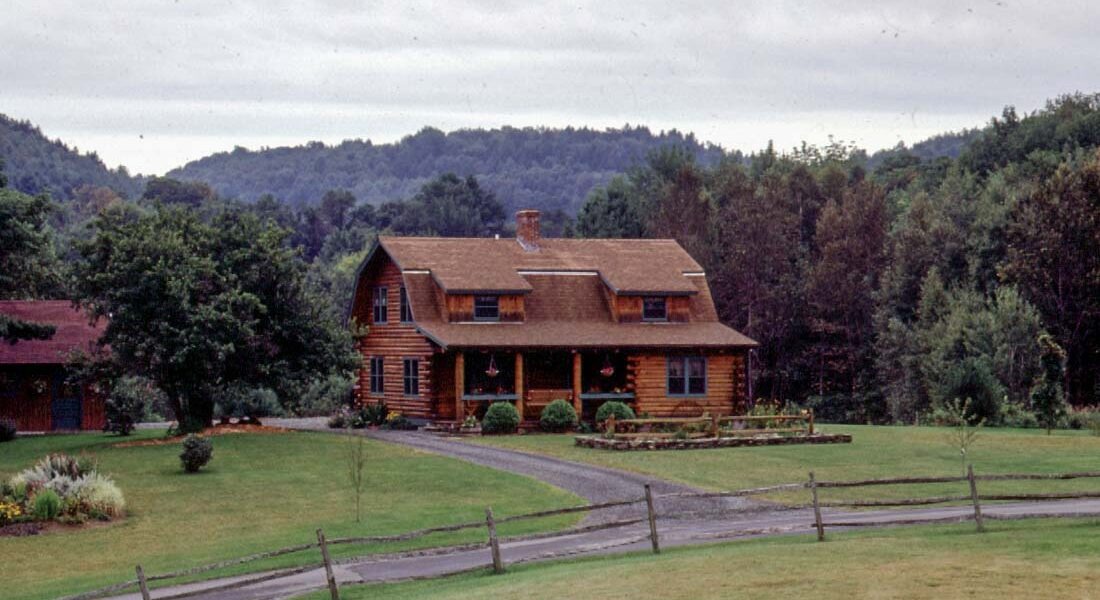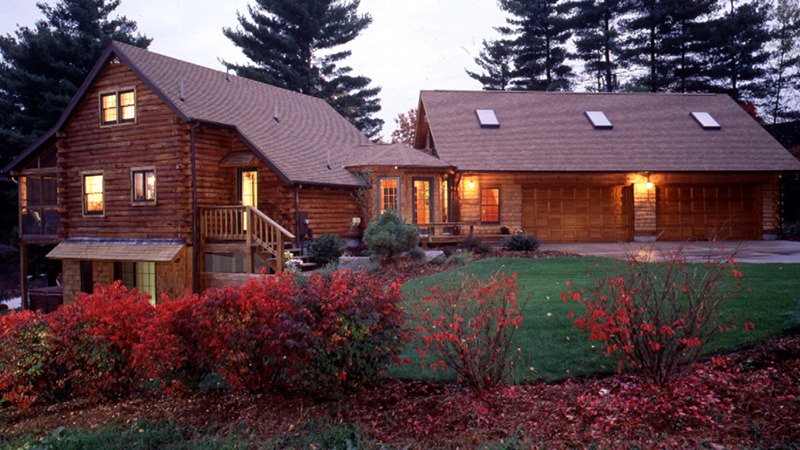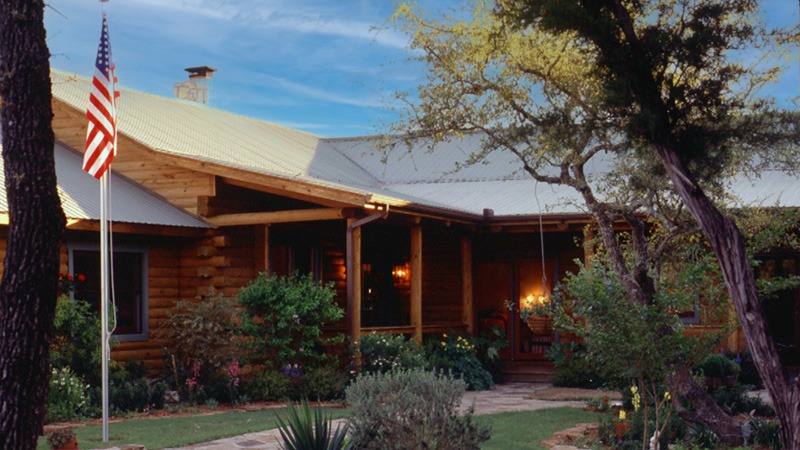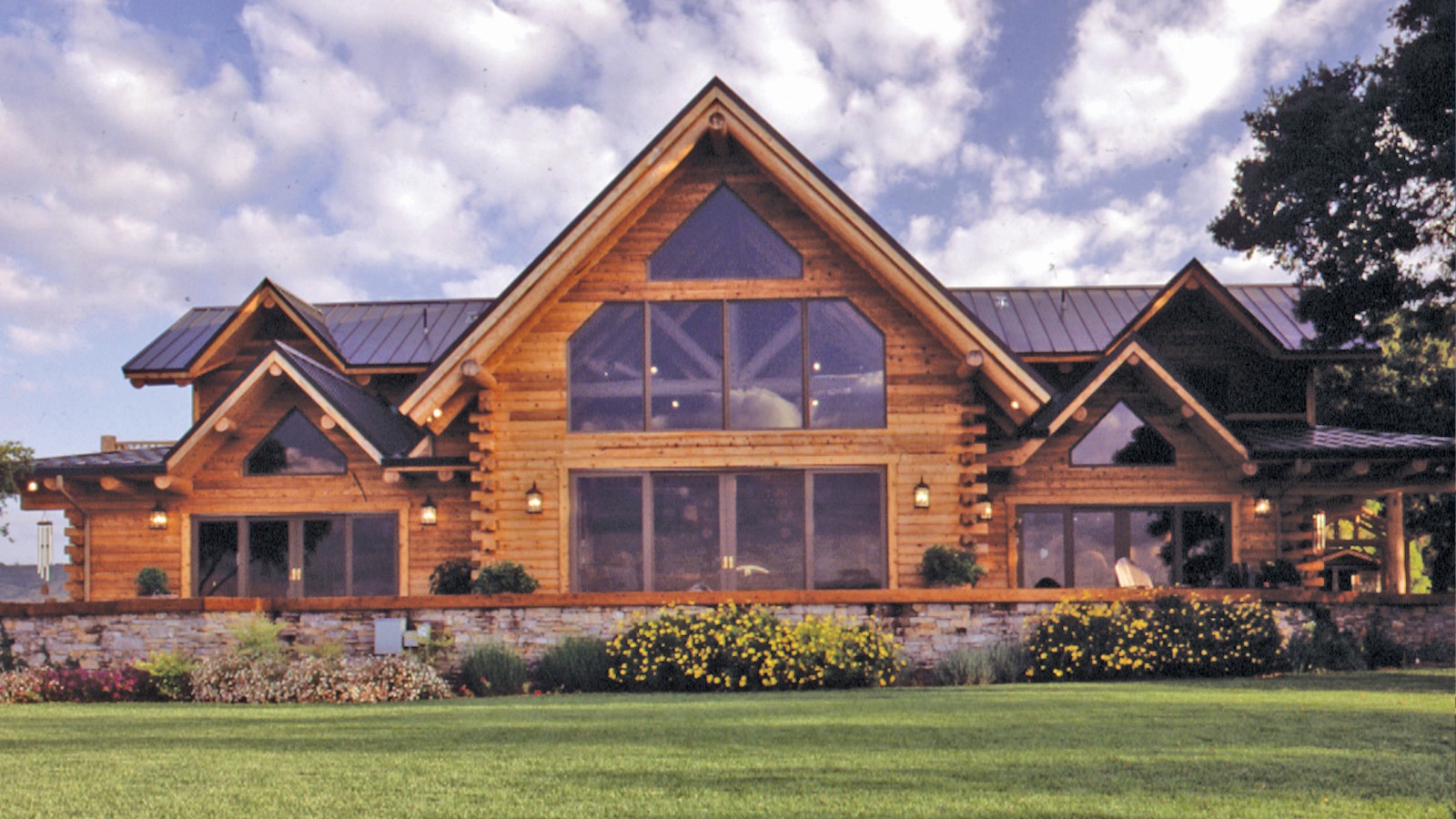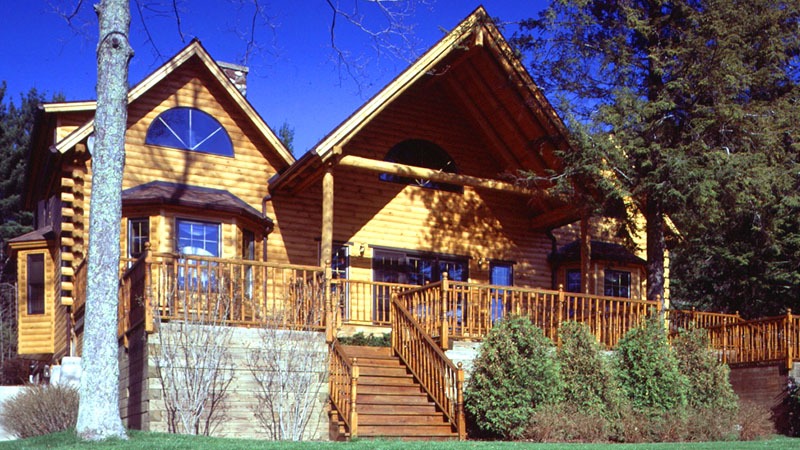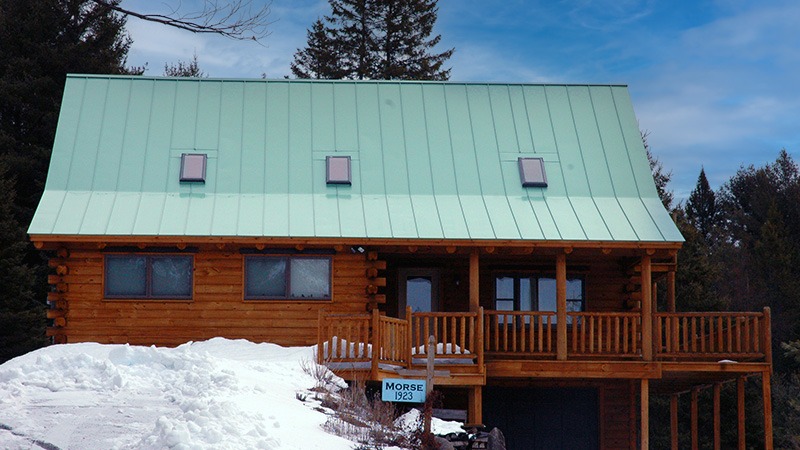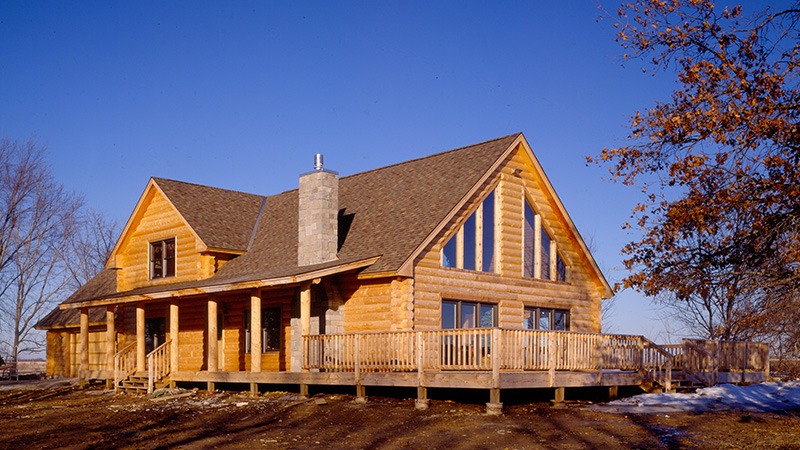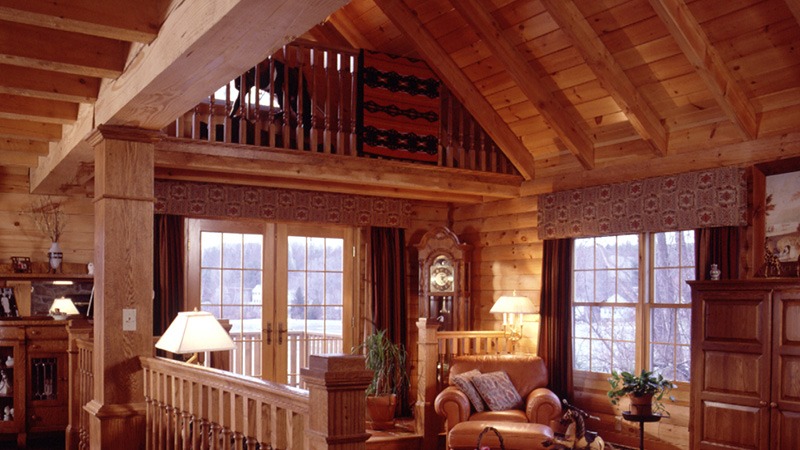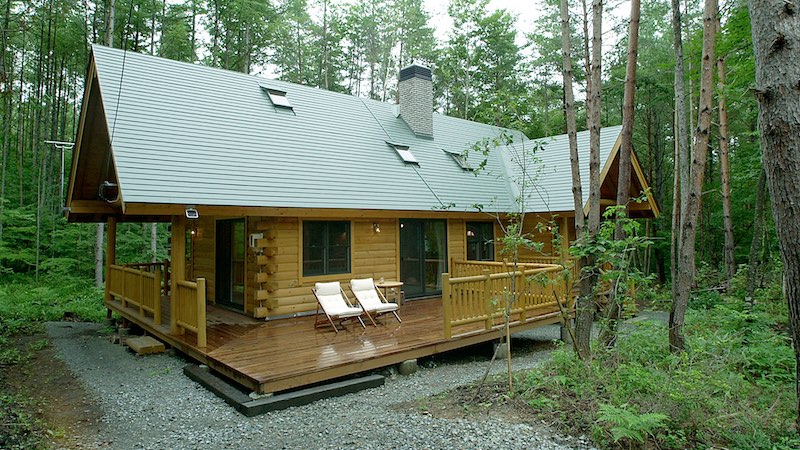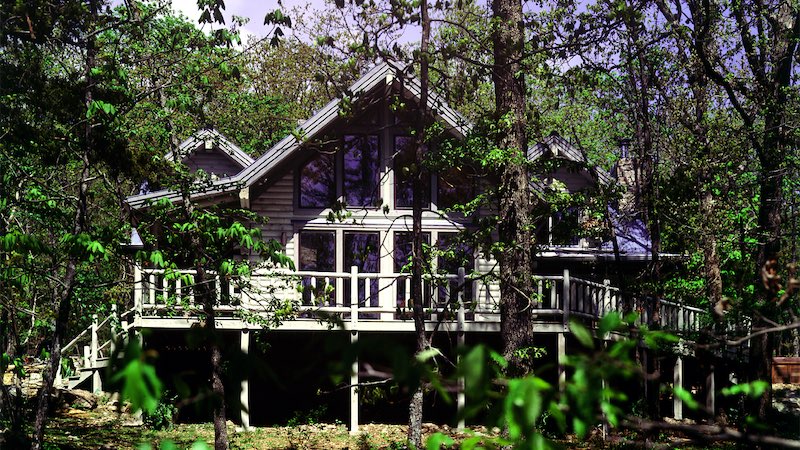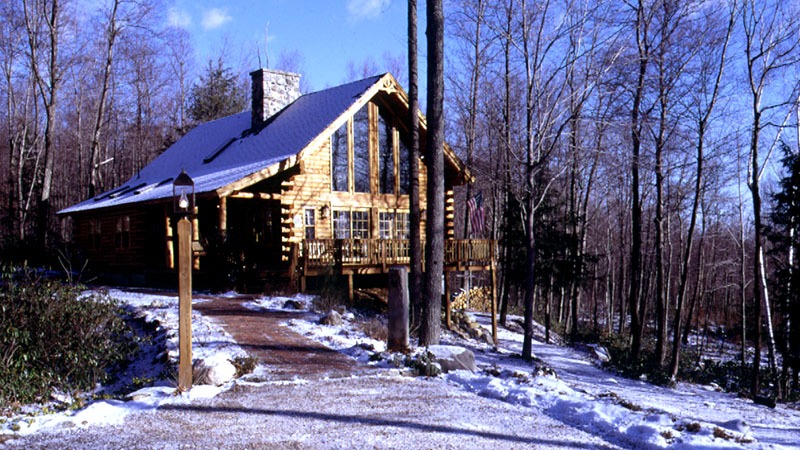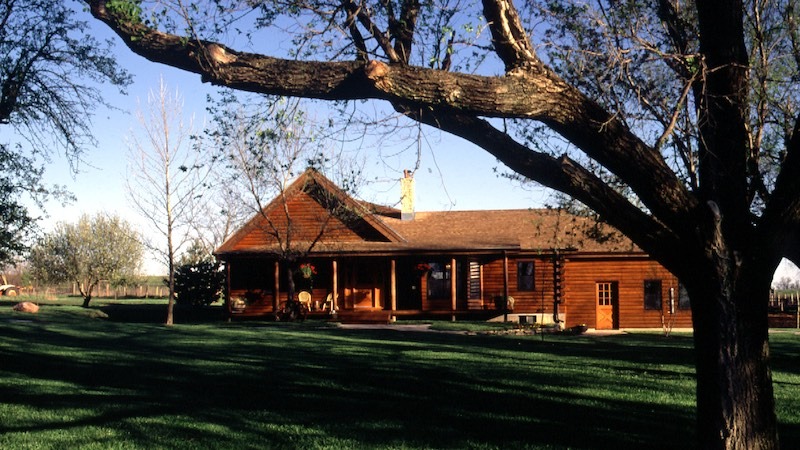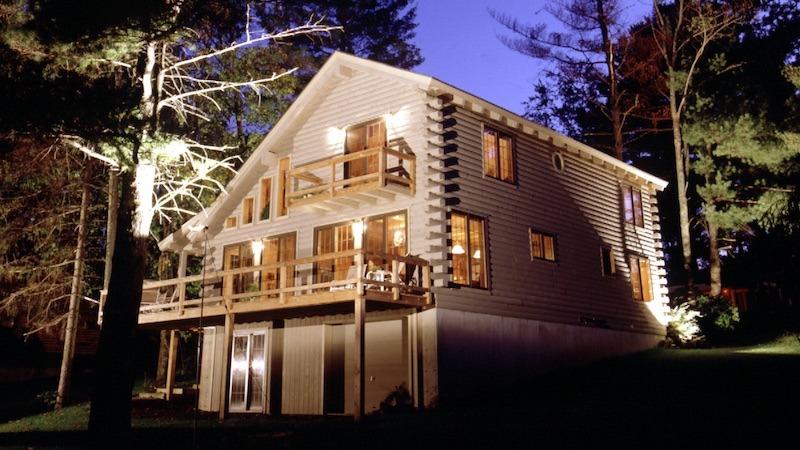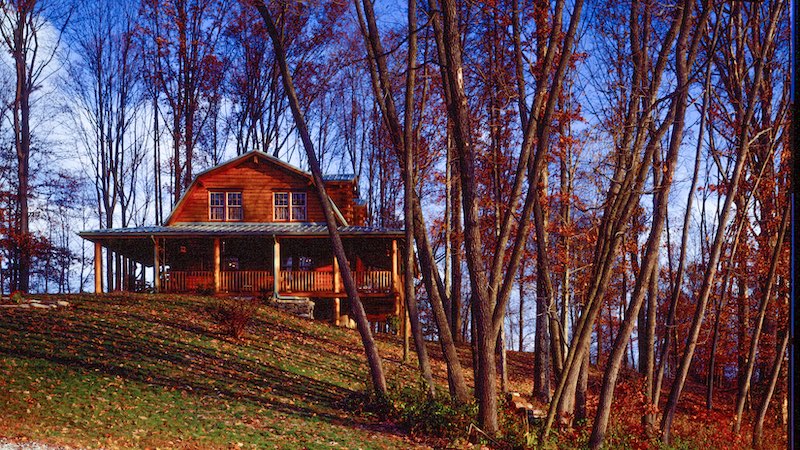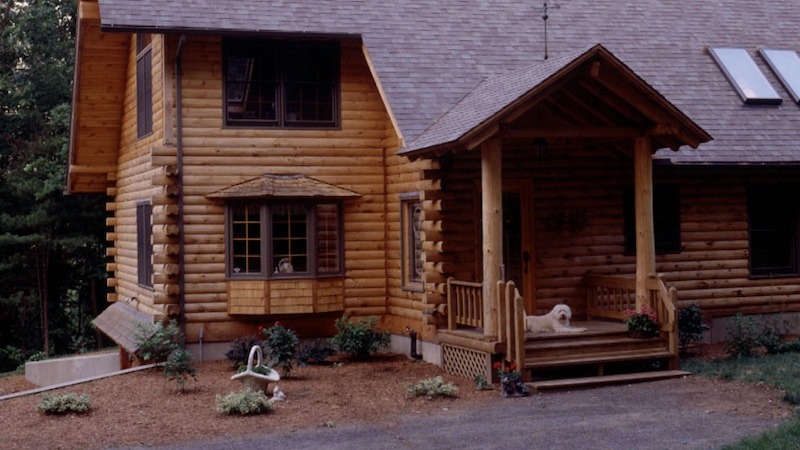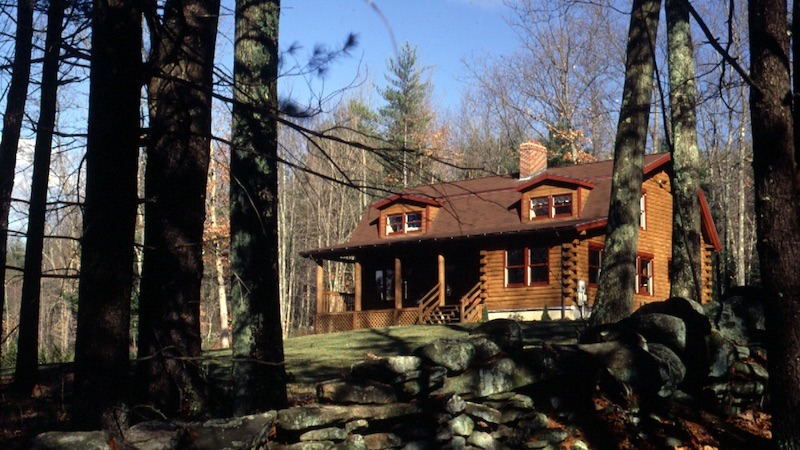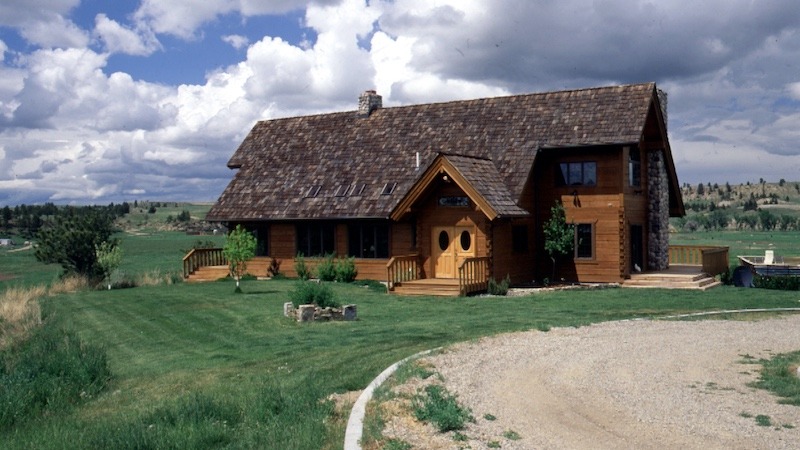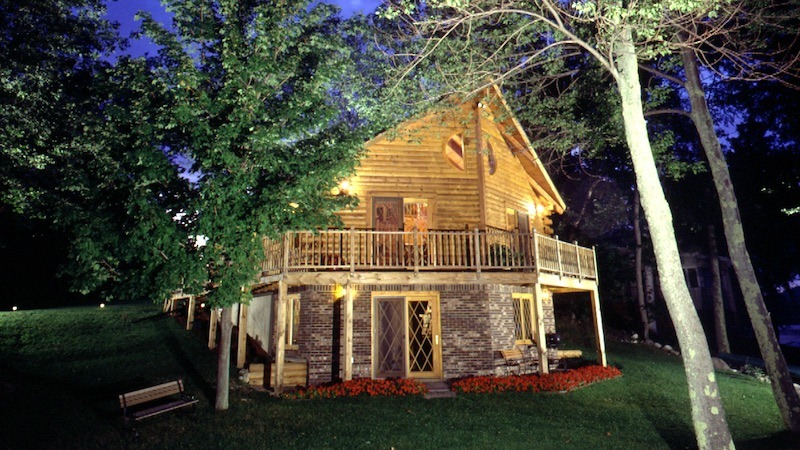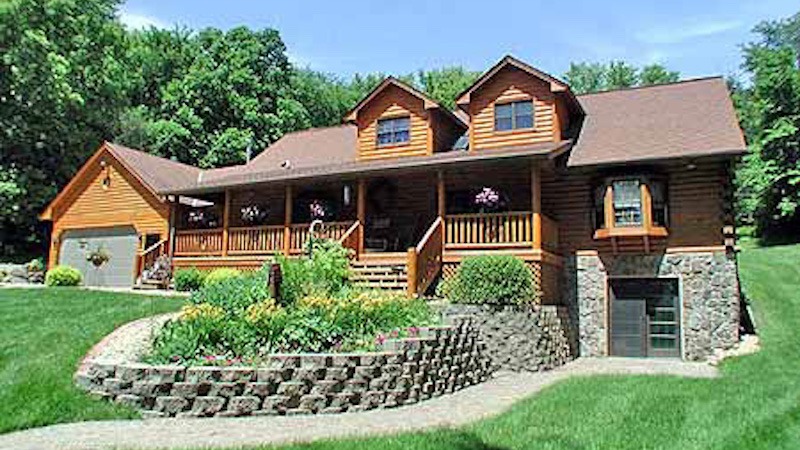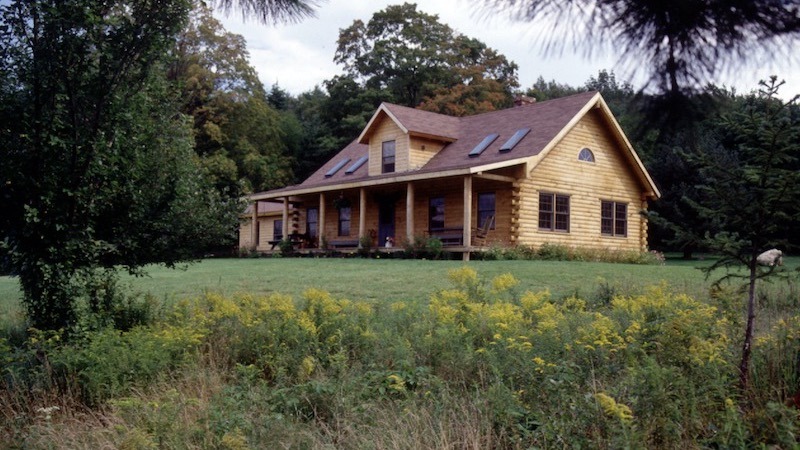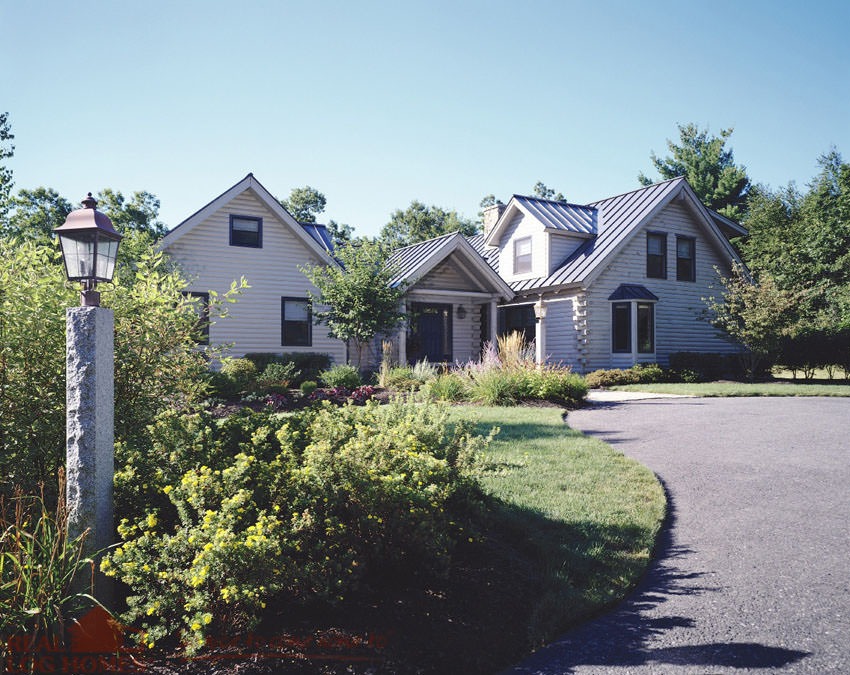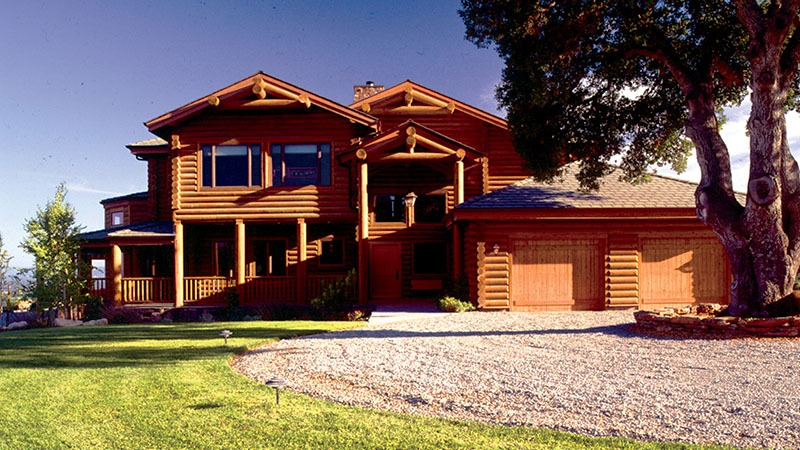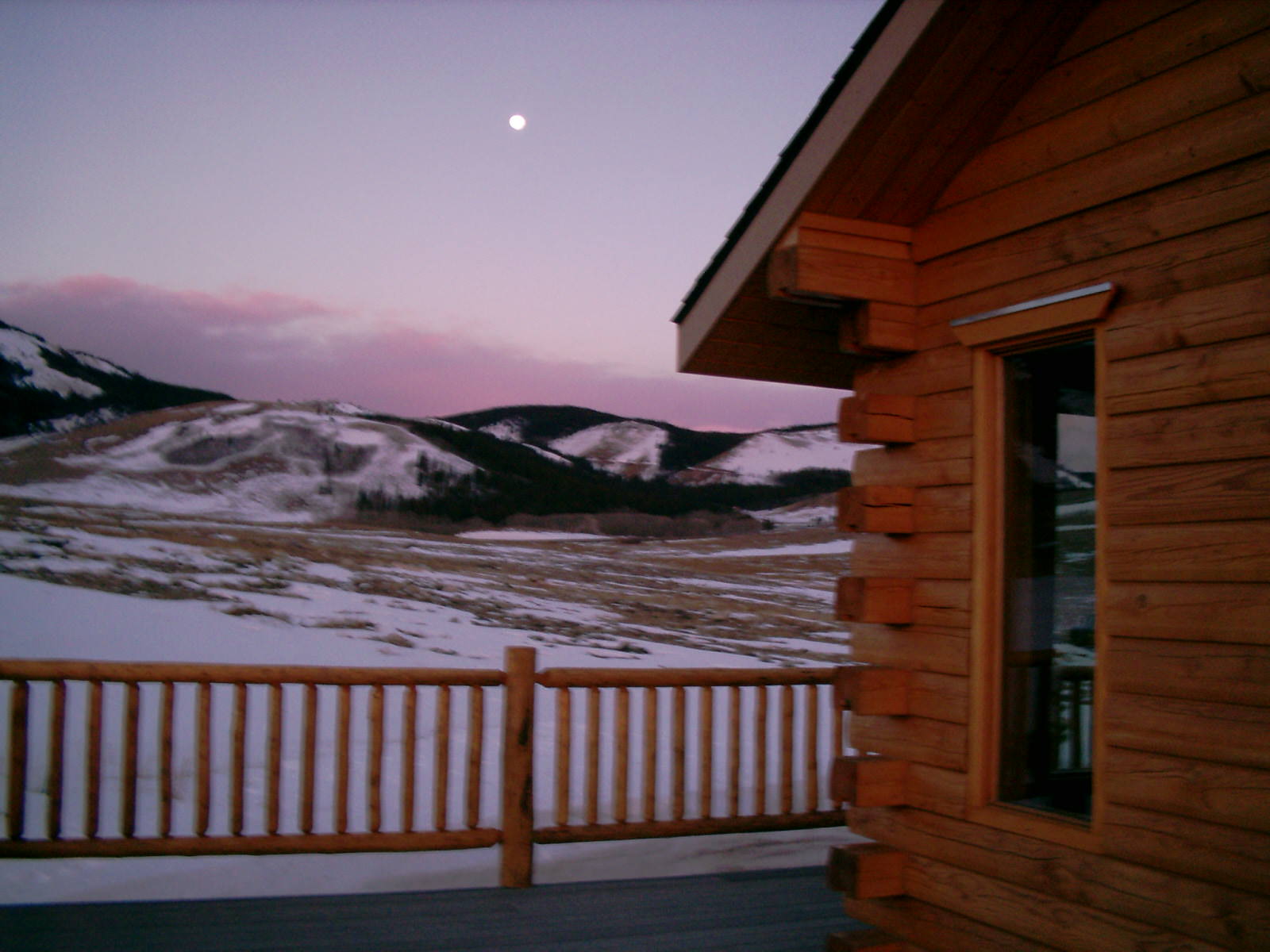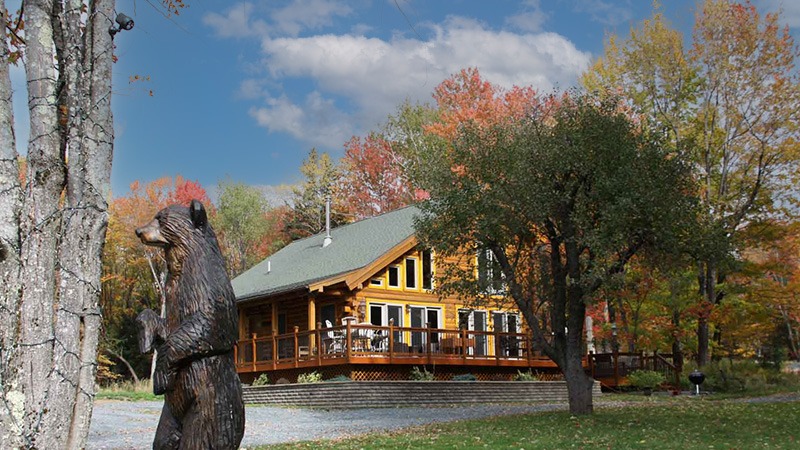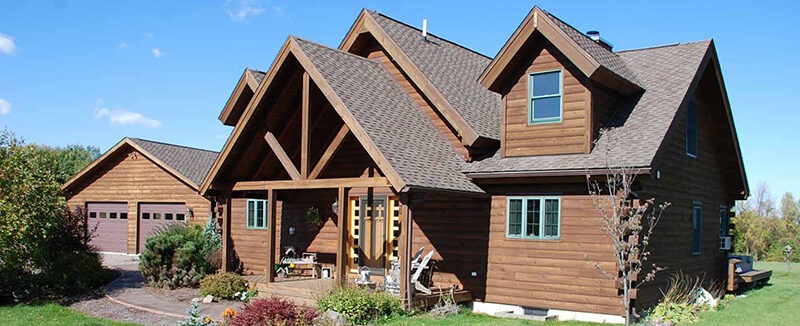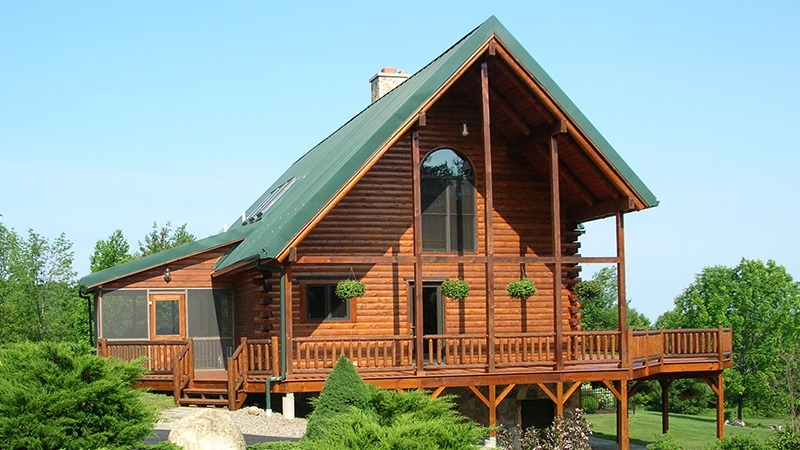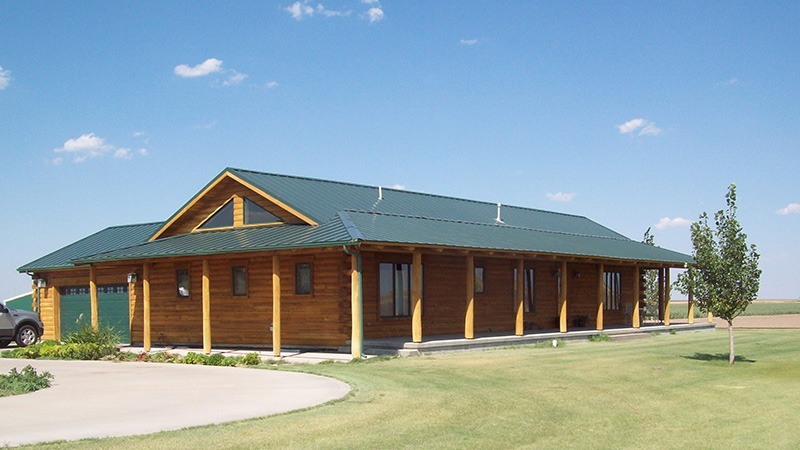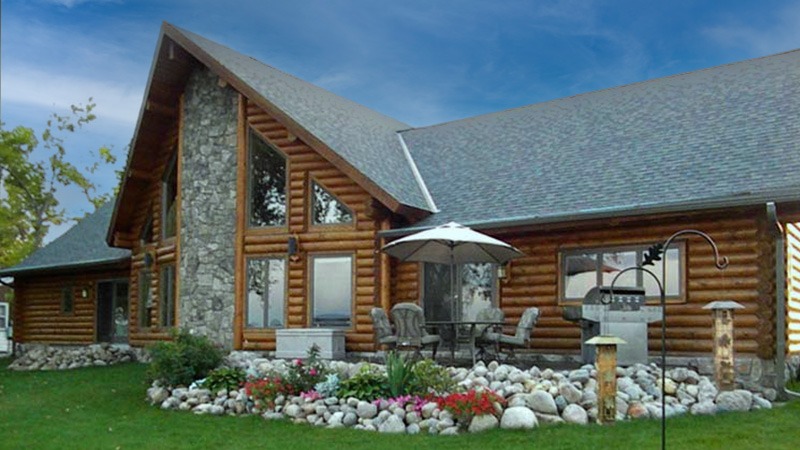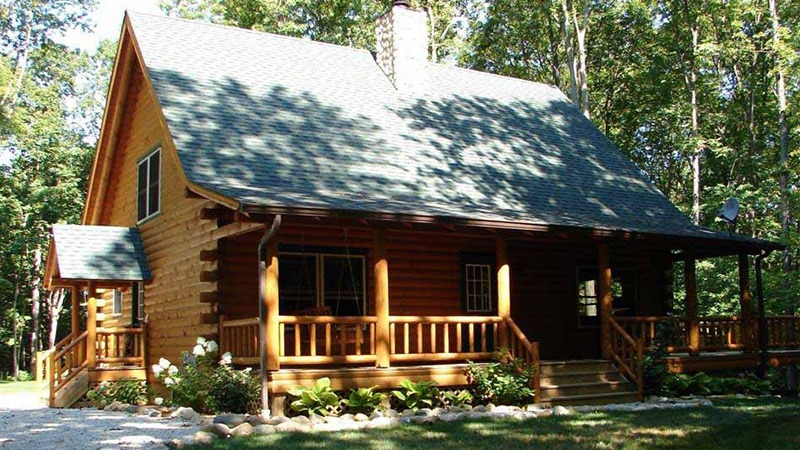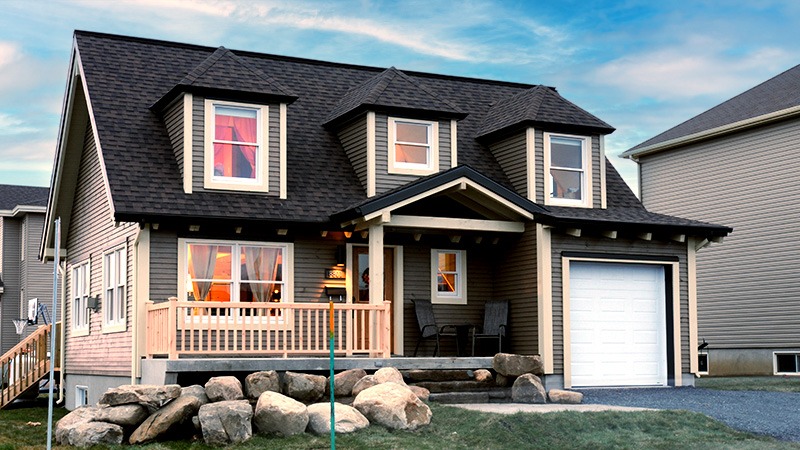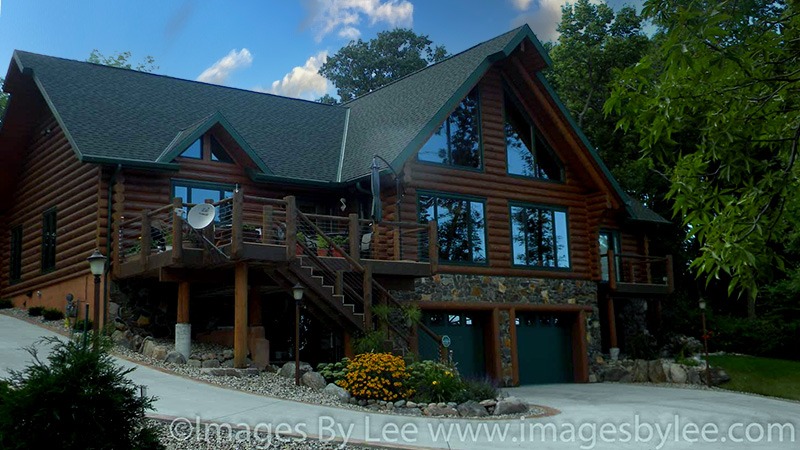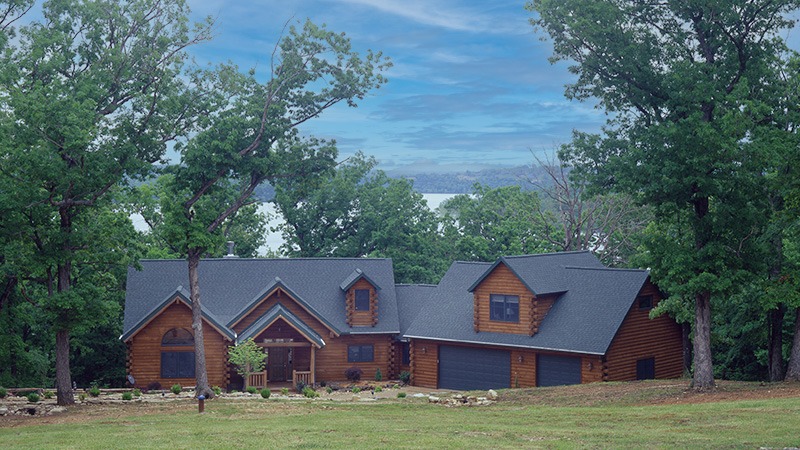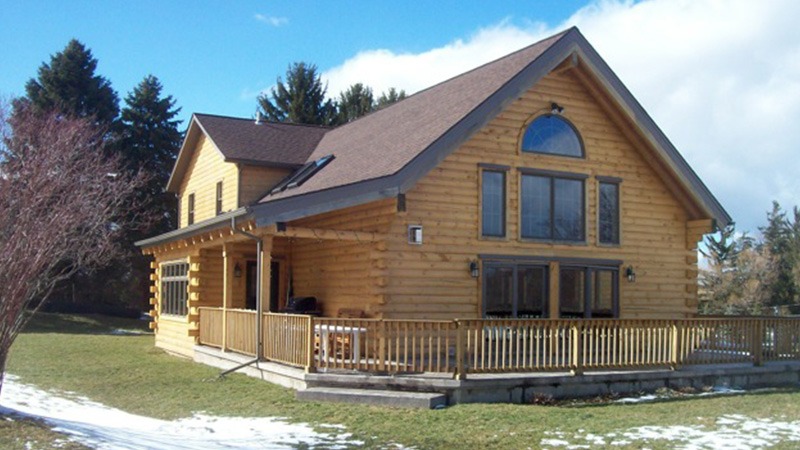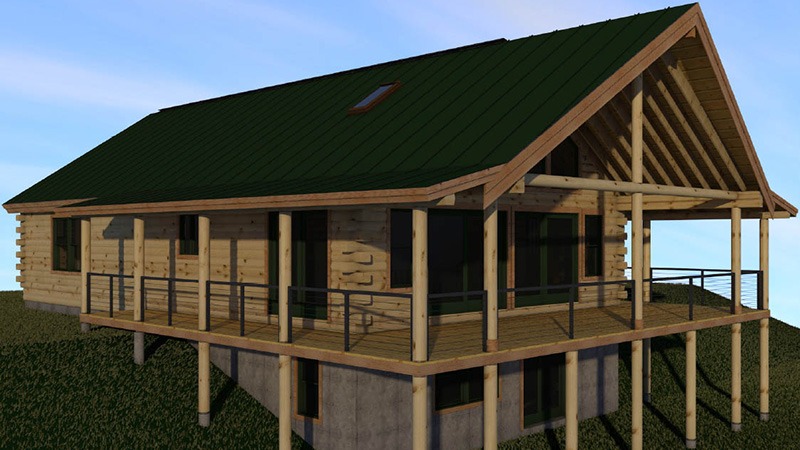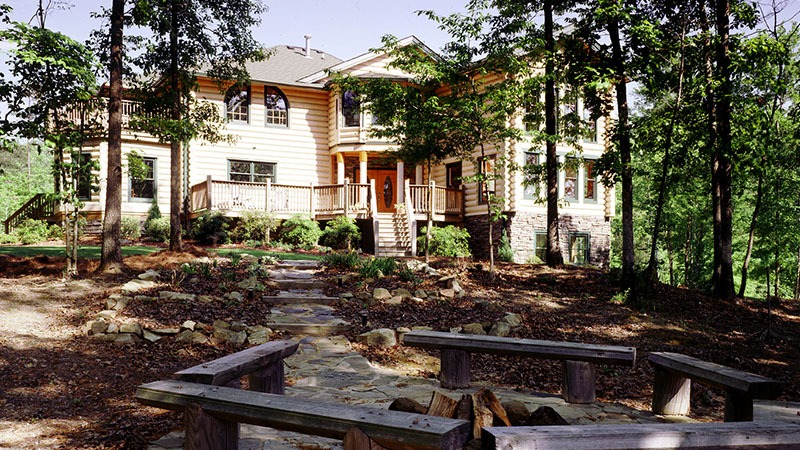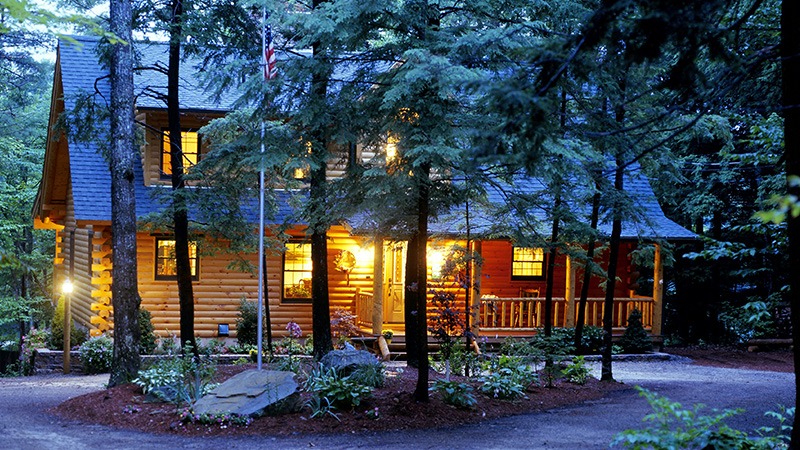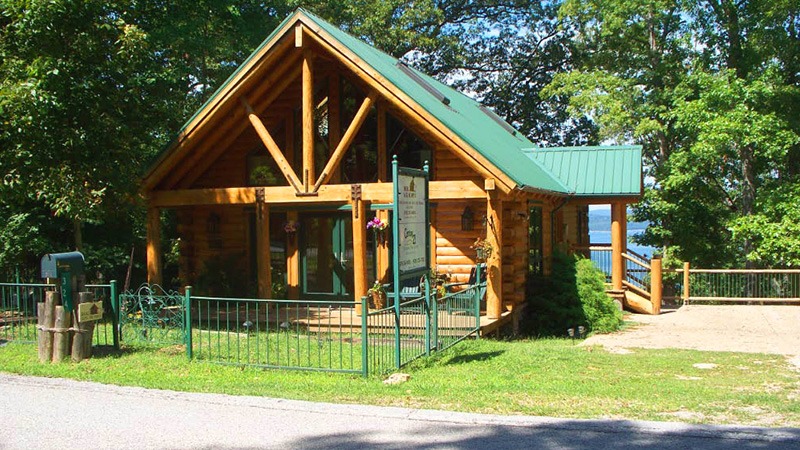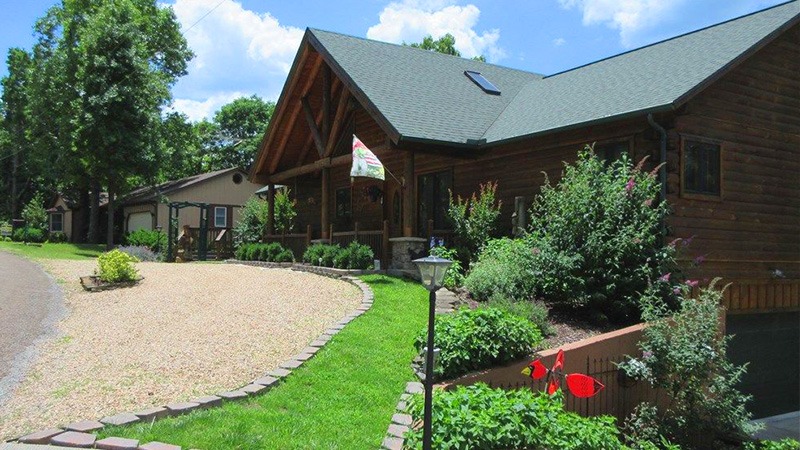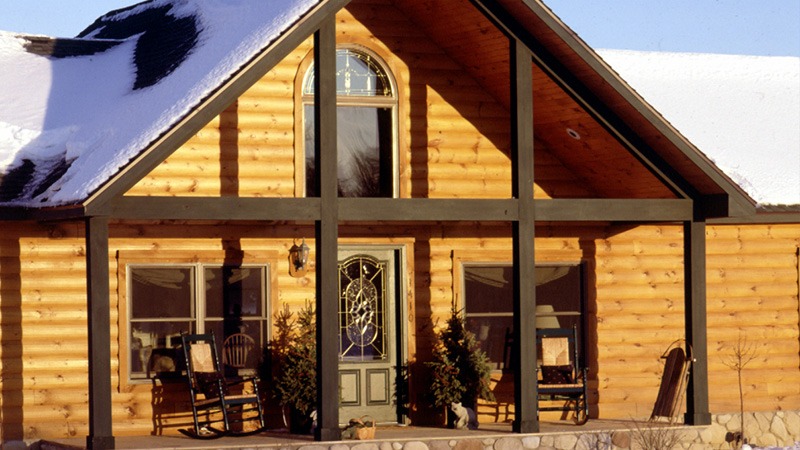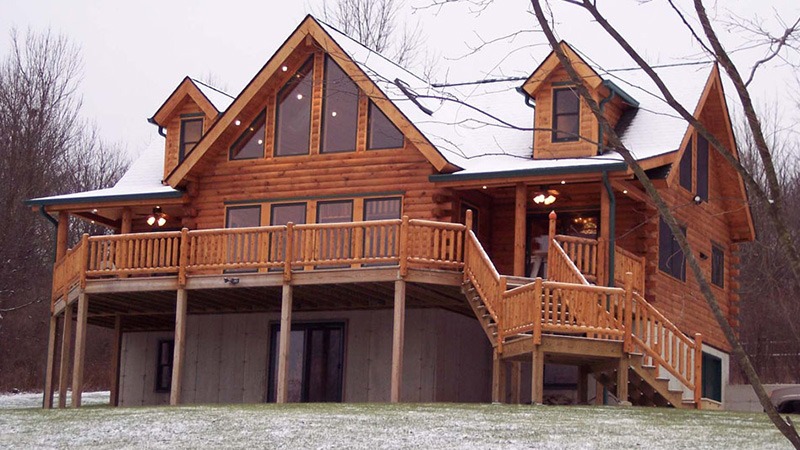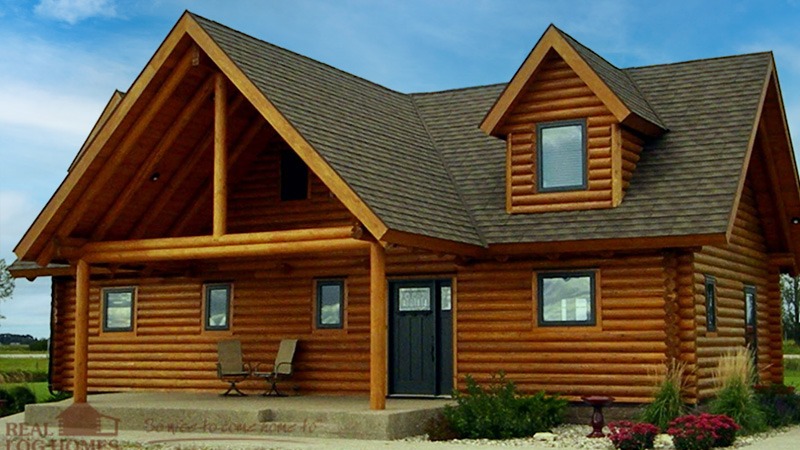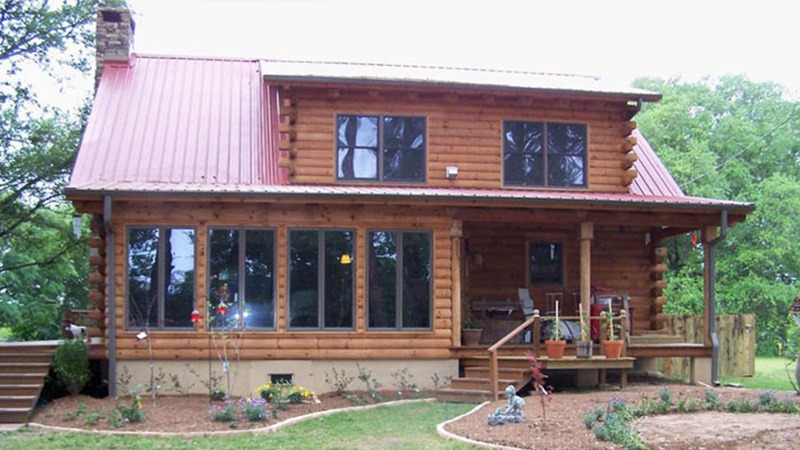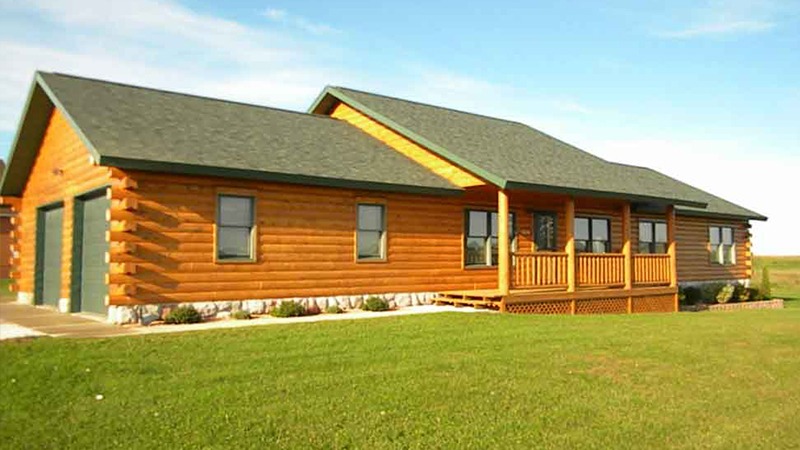Next week is Thanksgiving, a holiday originating in the celebration of the first harvest at the Plymouth Bay Colony in 1621. While we are all familiar with the story of the voyage of the Mayflower and the Thanksgiving feast, we may not have a great picture of what the first homes of European settlers looked like. Although last July we discussed a broad overview of how the log home came to America, we thought now would be a great time to look at the specific places where the log home first gained favor.
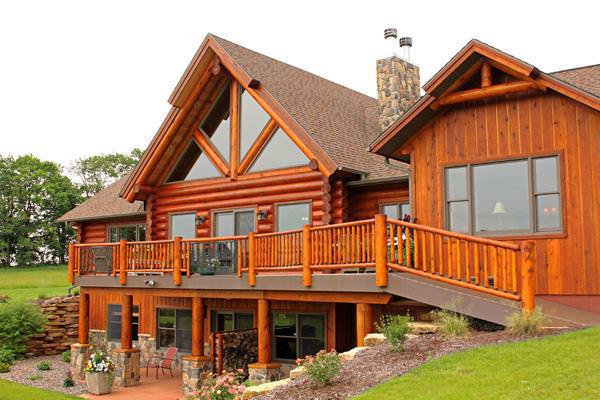
If you go to the reconstructed colonial villages at Jamestown (founded in 1607) or Plymouth (founded in 1620), you will not find any log homes. The primary reason for this is that the English settlers at these locations were not familiar with log home building techniques. Another reason was that Jamestown was built in a swampy area and Plymouth on a former Native American settlement that had already been mostly cleared of trees. Thus, they built the timber framed homes they were familiar with using either brick (more common at Jamestown) or clapboard (Plymouth) exteriors. If you want more details on the homes present at the first Thanksgiving, please visit the blog of Timberpeg, our sister timber frame home company.
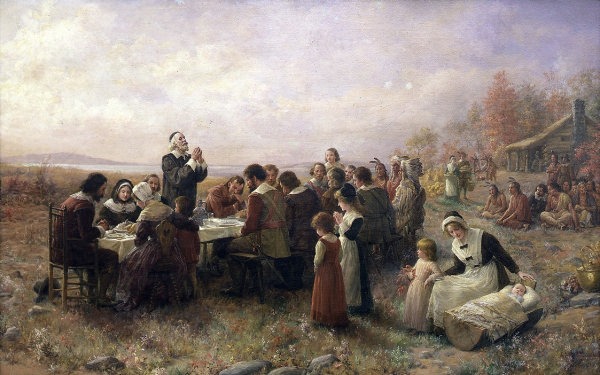
The First Thanksgiving at Plymouth by Jennie A. Brownscombe, incorrectly depicting a log home structure.
While the log cabin did not take hold in the first colonies, it arrived only a few years later. The first log cabins in North America were built in what was then called New Sweden. This colony was founded in 1638 and ran along the Delaware River from its mouth to near present-day Trenton. The Swedes that settled the area were mostly Finnish, since the two countries were united at the time. Although the New Sweden colony was absorbed into New Amsterdam in 1655, the quick-to-build log homes had caught on.
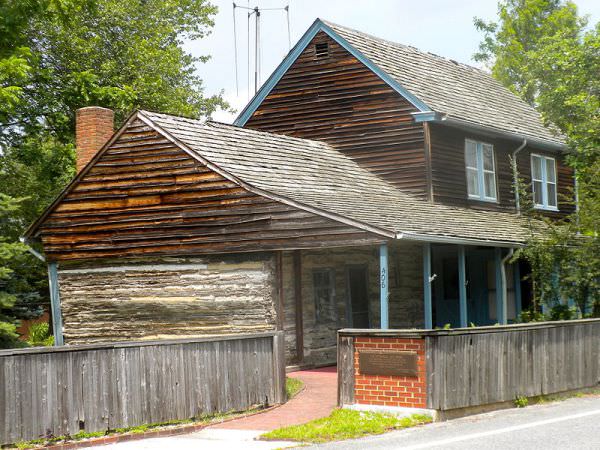
The C. A. Nothnagle Log House in New Jersey was built in 1638 and is one of the oldest log homes in America.
The English colonies remained primarily timber framed, while other colonies adopted log homes. This left Massachusetts, Virginia and South Carolina as colonies with timber frame construction, while log home construction spread out from New Jersey and Delaware. The Quakers settling in Pennsylvania readily took to log cabins, and German settlers in North Carolina also brought Alpine timber framing traditions with them.
After about 1700, most frontier homes were log homes. Since the land needed to be cleared prior to farming, the logs were readily available for the home. Another advantage to log homes was their greater resistance to hostile attacks than other types of wall construction. Log construction was also used in forts for this reason.
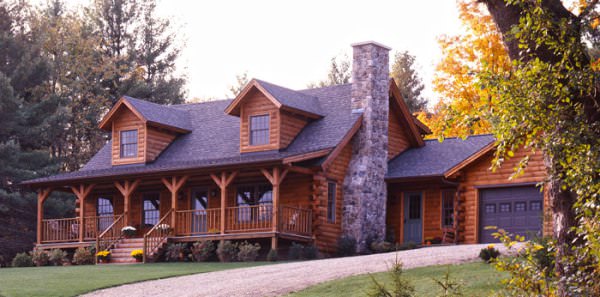
We hope you enjoyed this exploration of early colonial log homes. If you’re looking to add to our rich history of log homes with one of your own, please call Real Log Homes today or fill out the form below for more information.
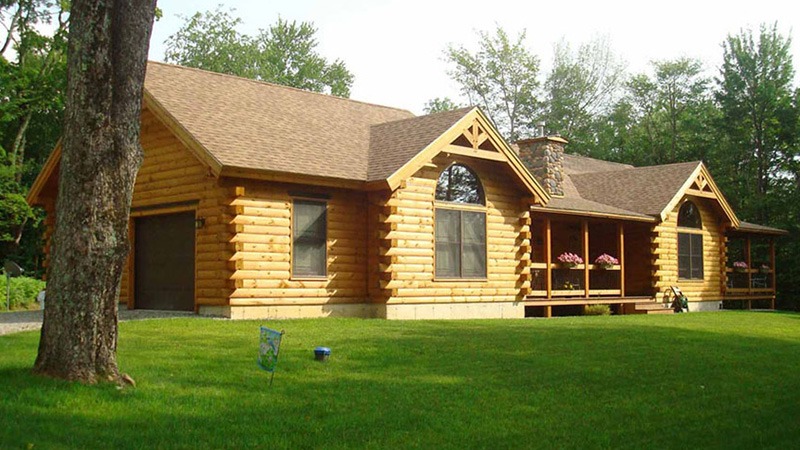
![[KAB-IN] Vermont - Renovated 1972 Real Log Homes Rental Cabin](https://realloghomes.com/wp-content/uploads/2019/03/Cavendish-KAB-IN-Woodstock-VT-51.jpg)
